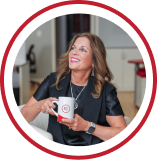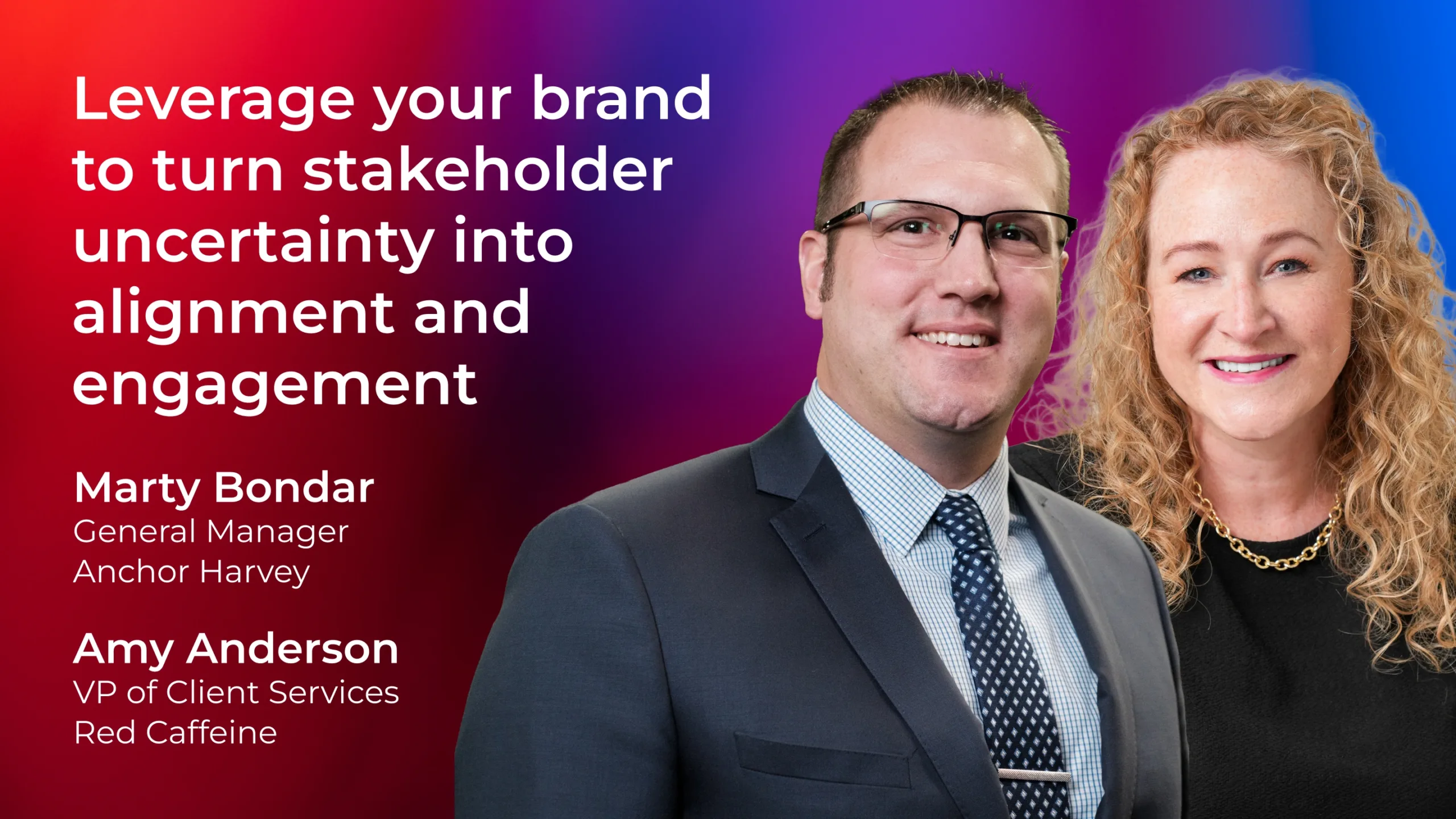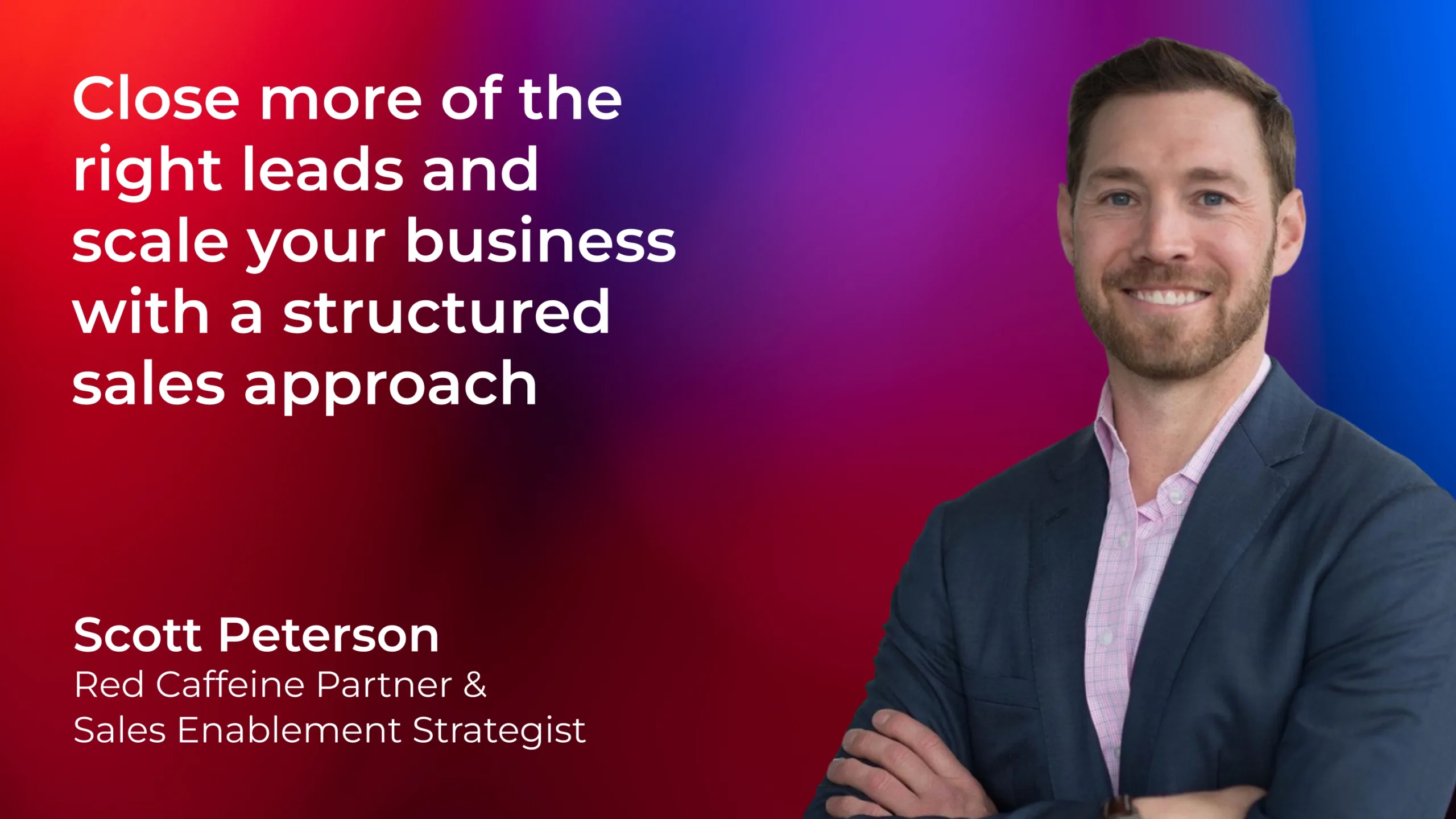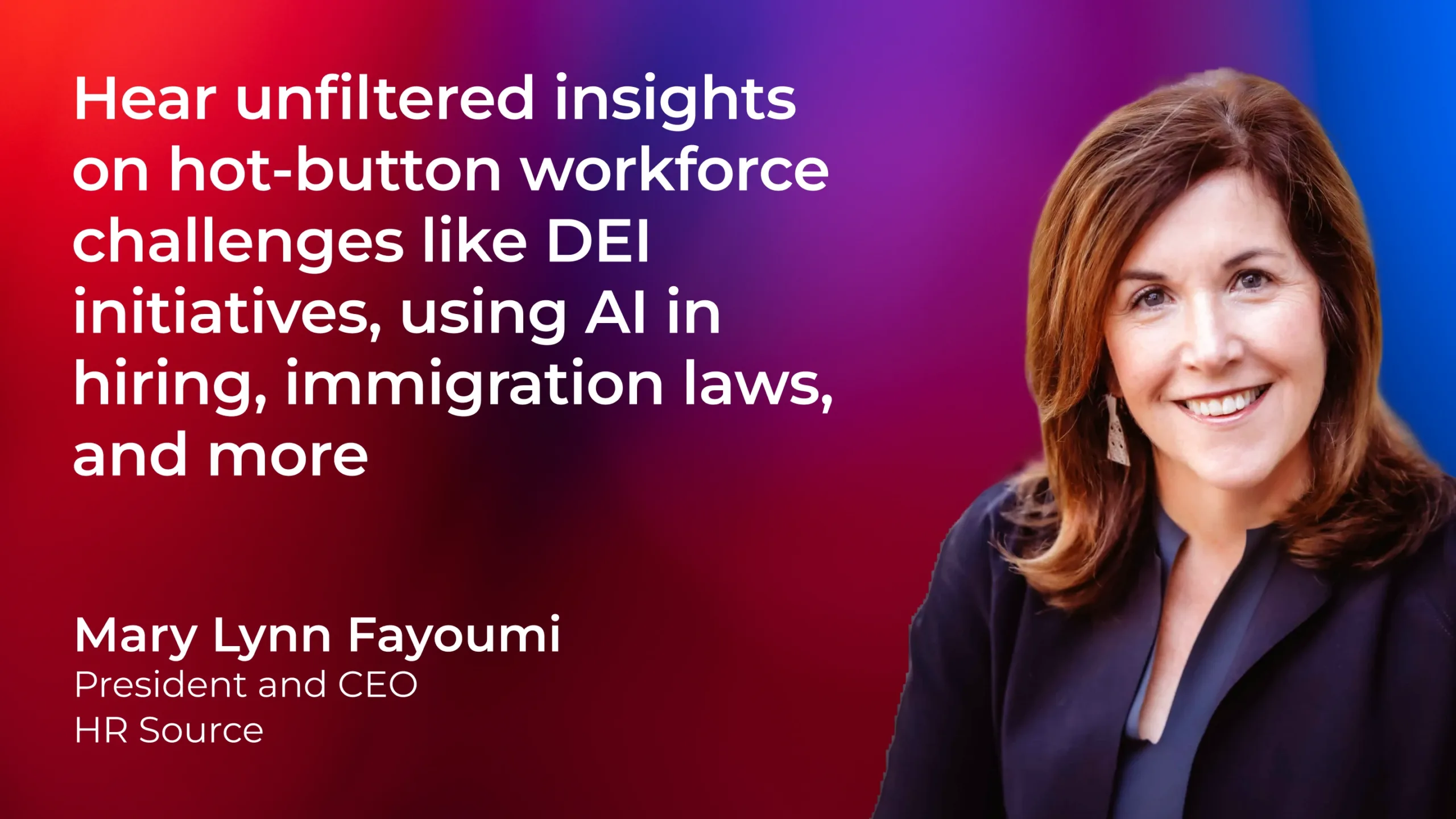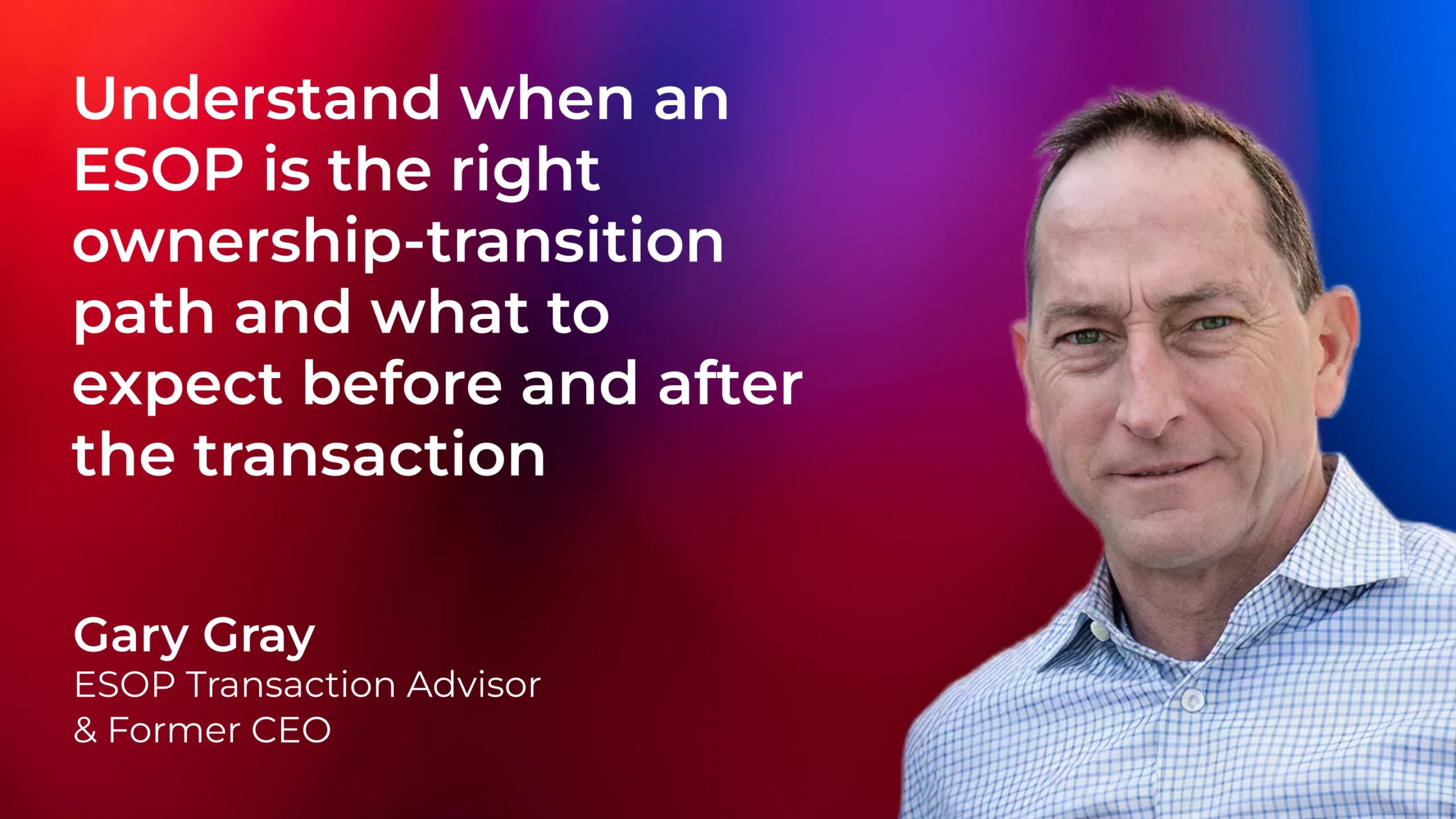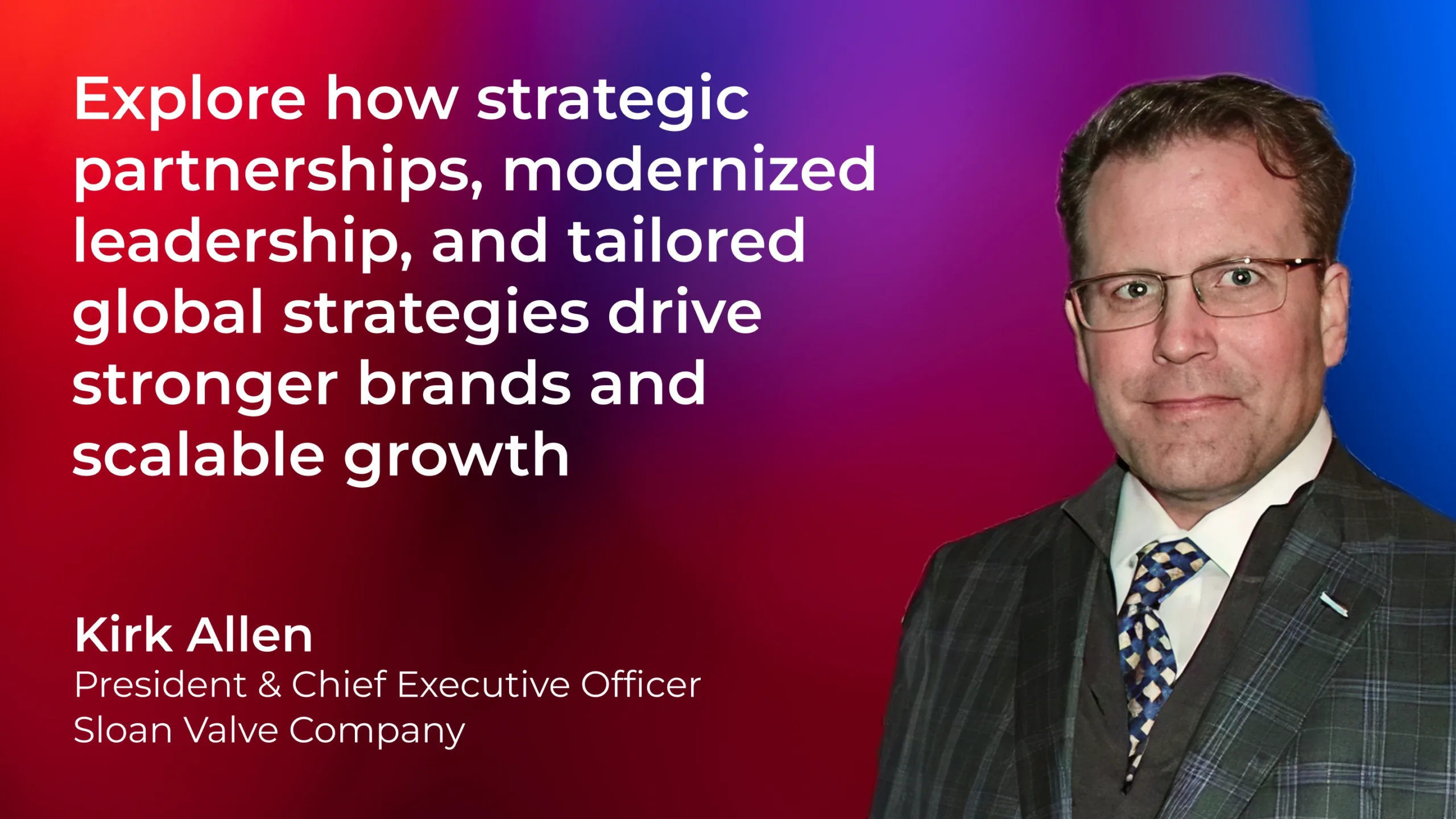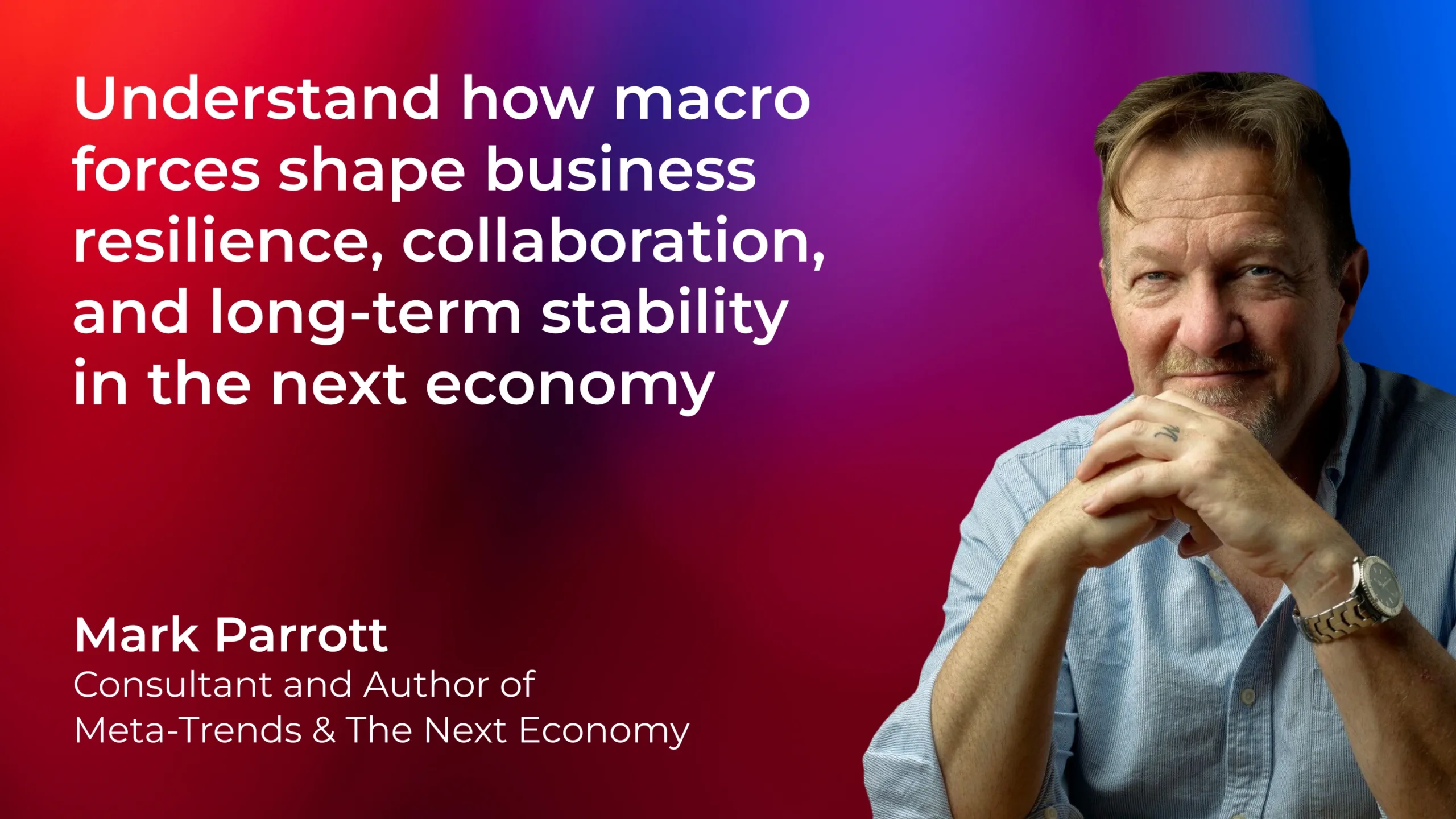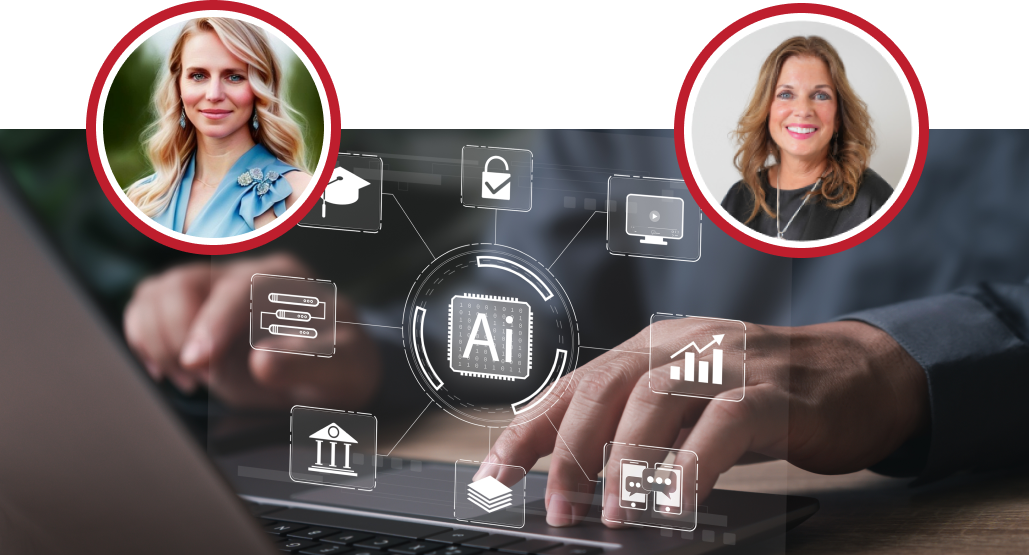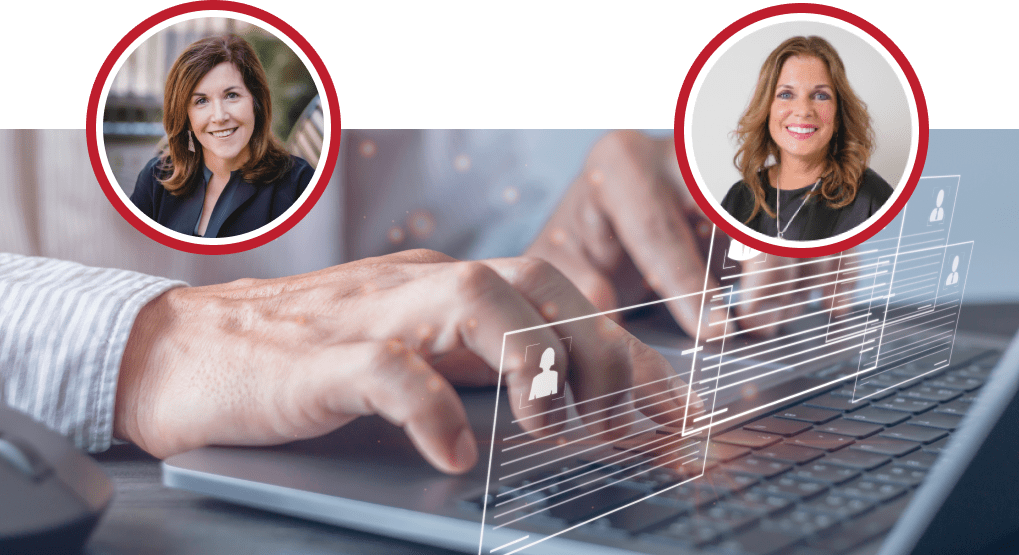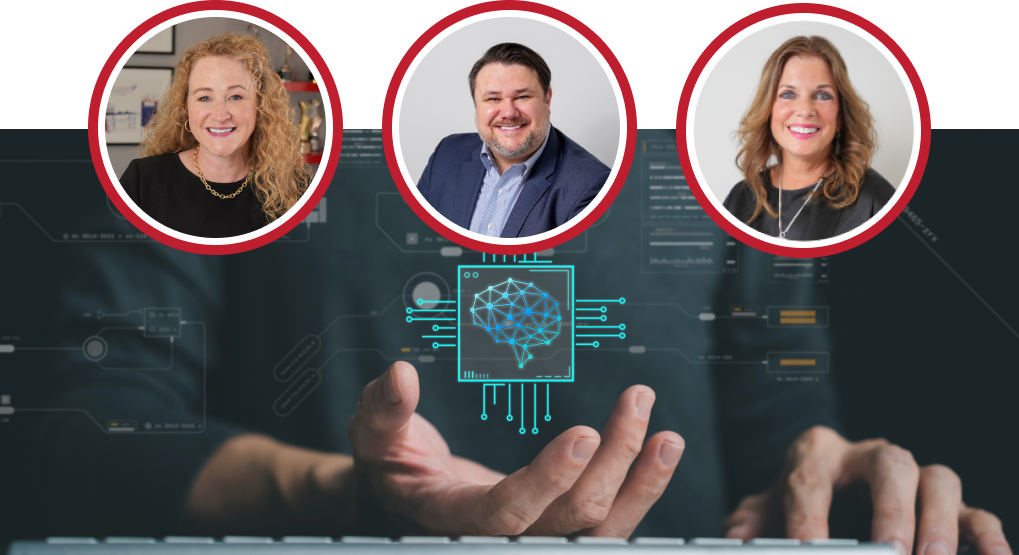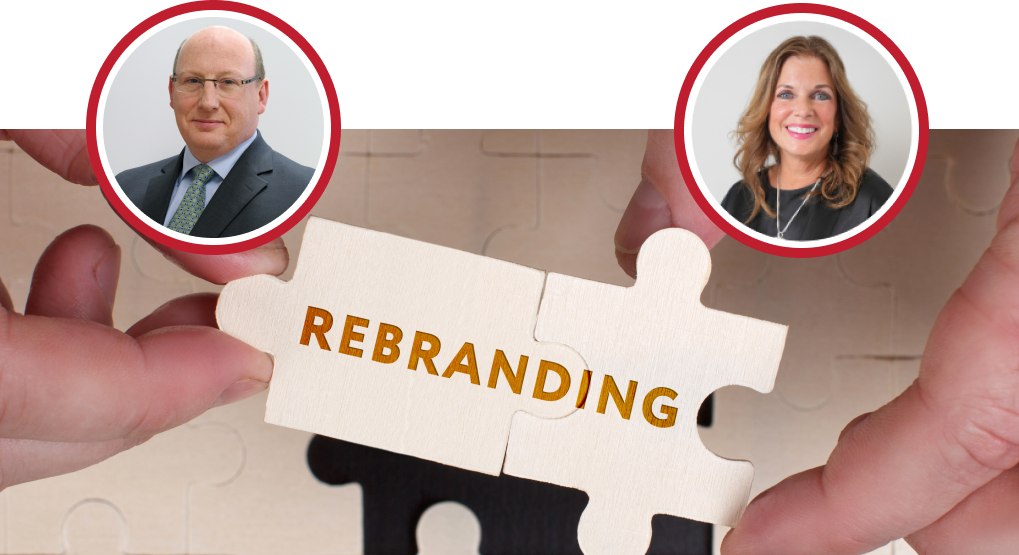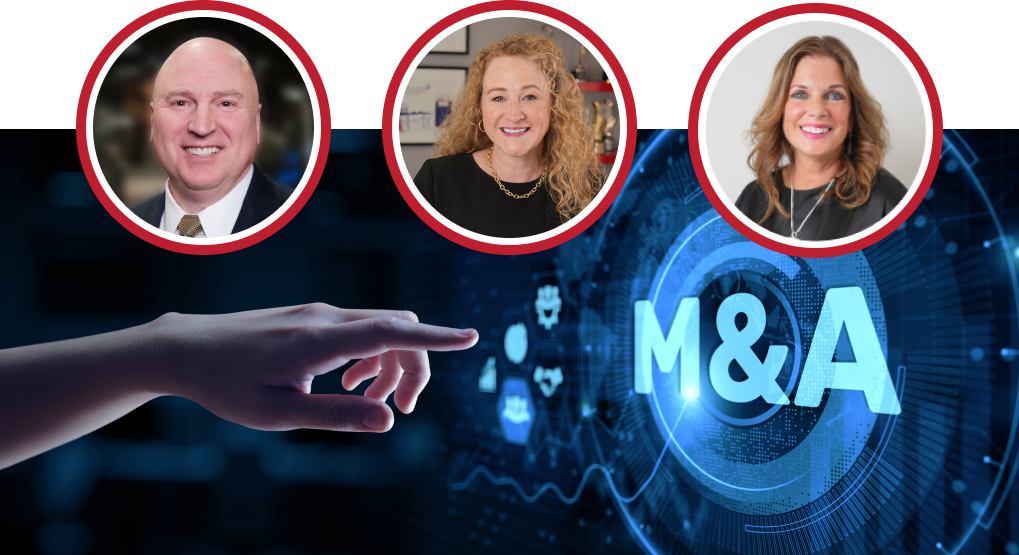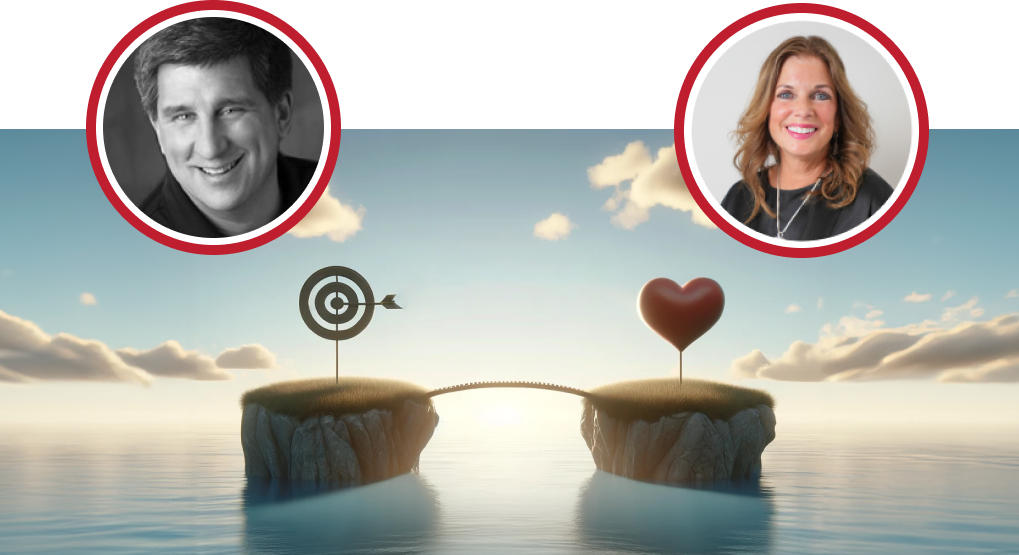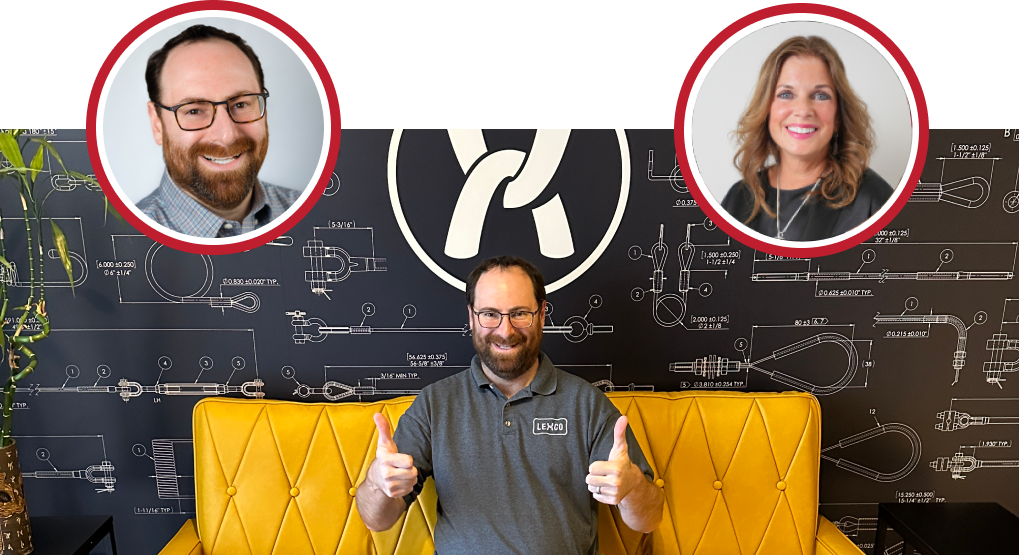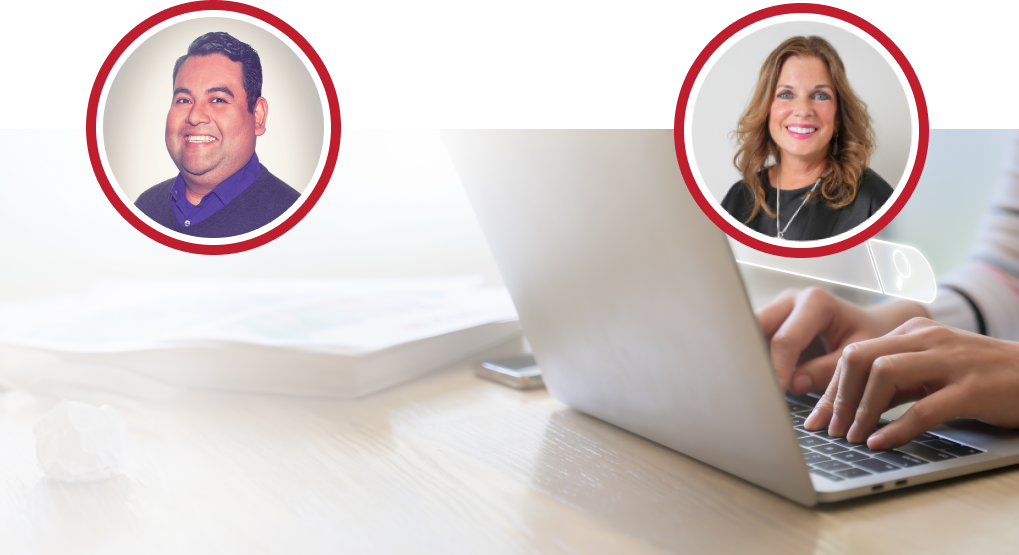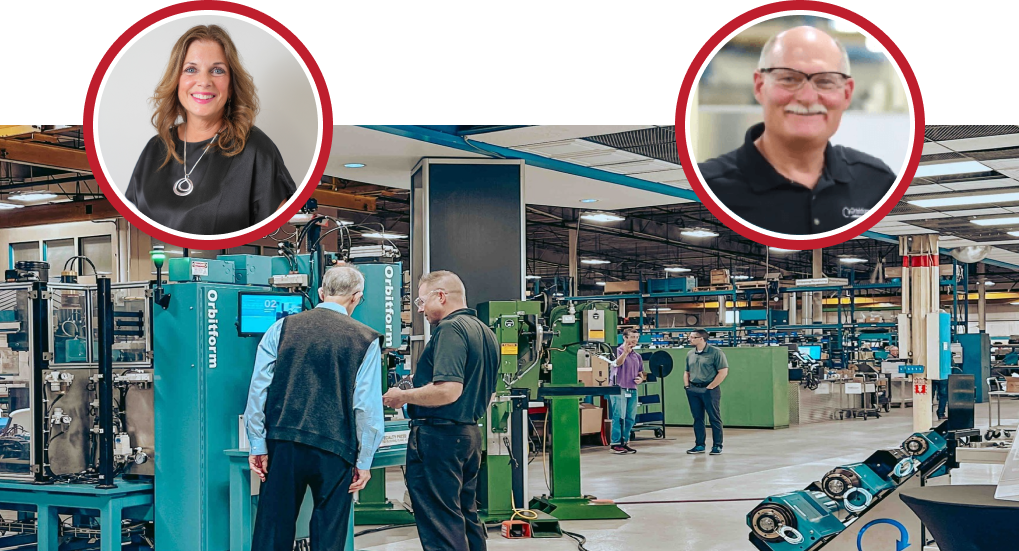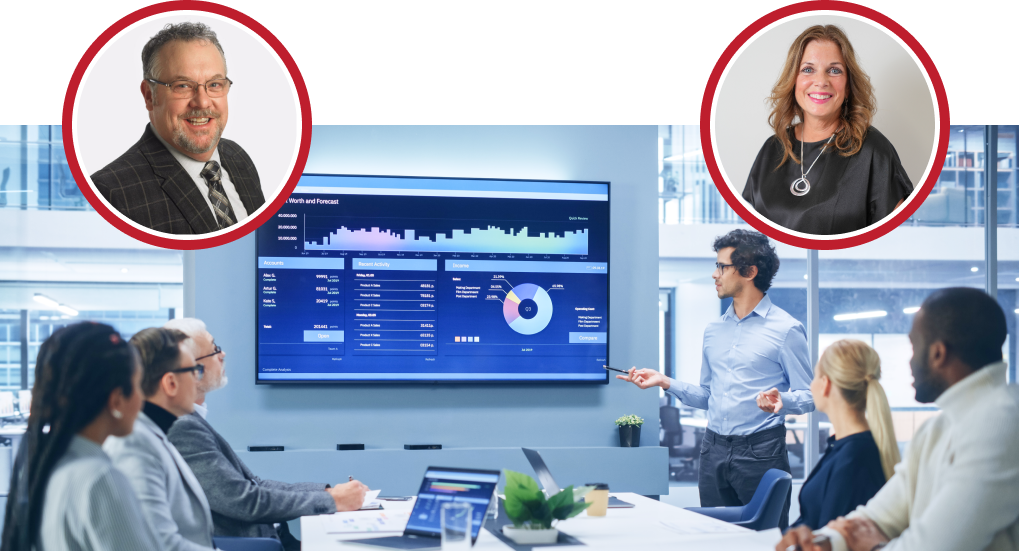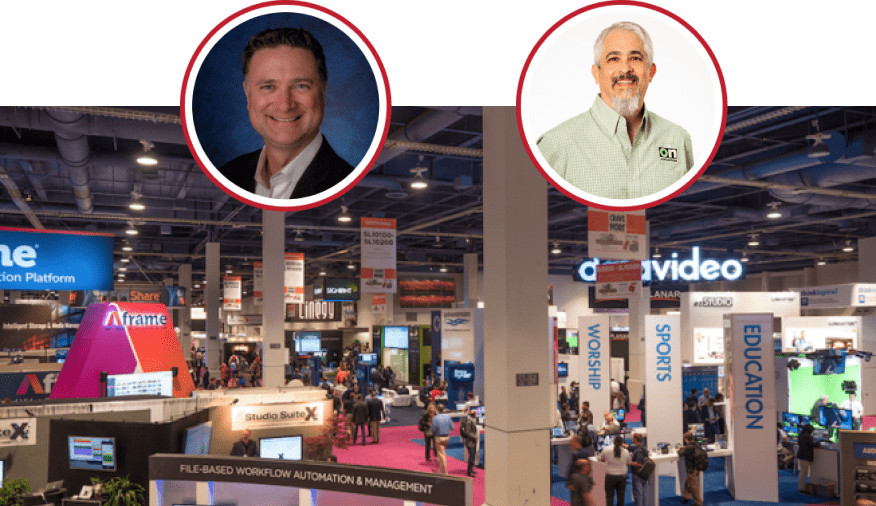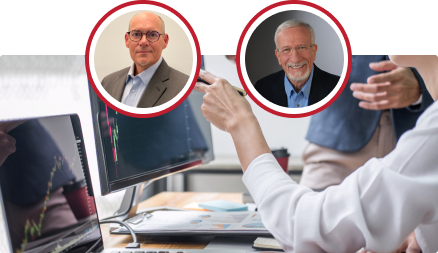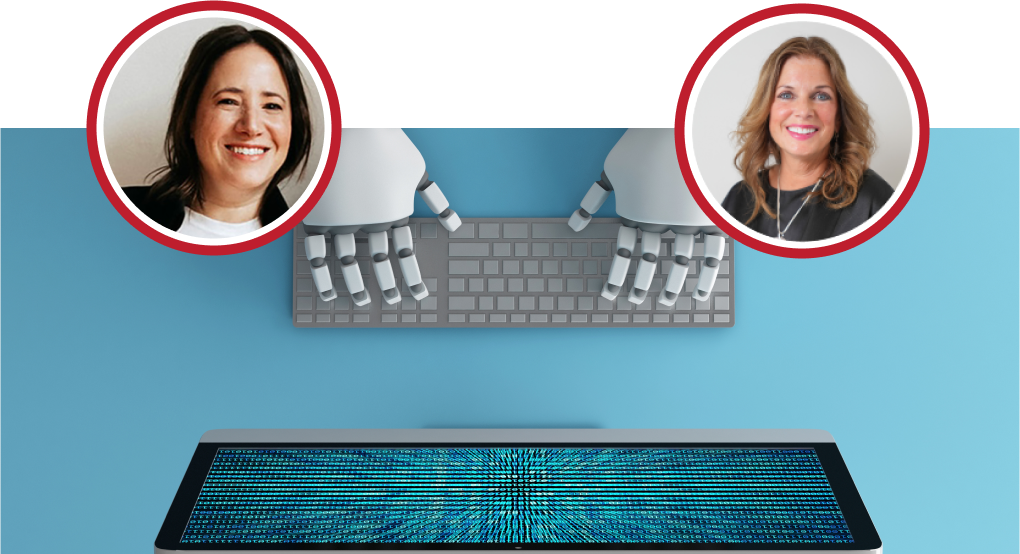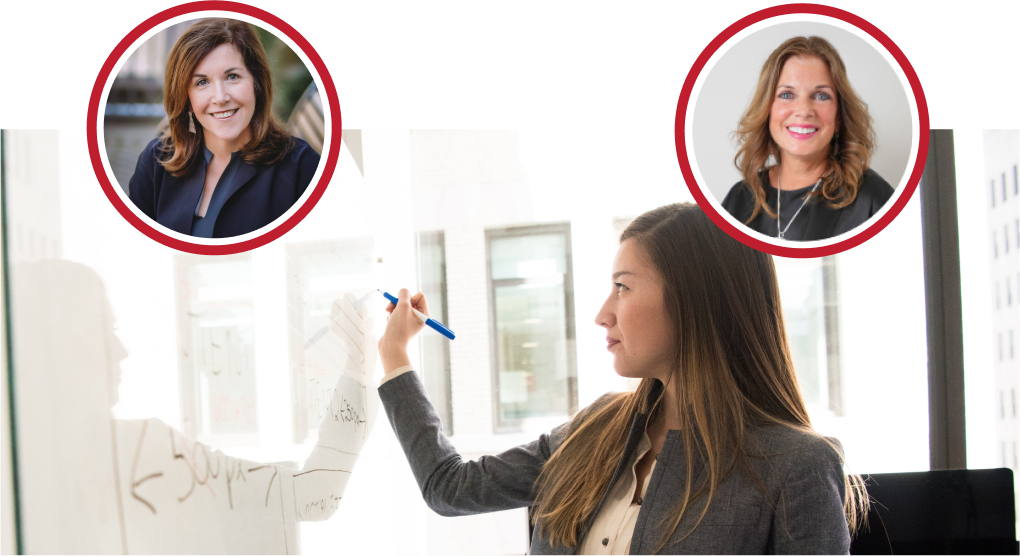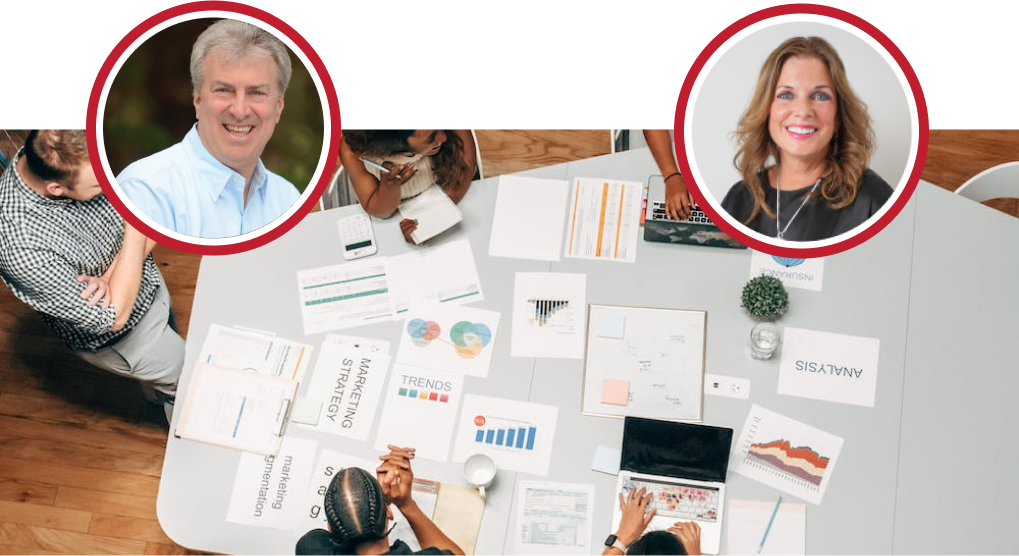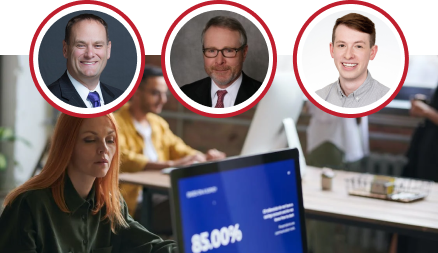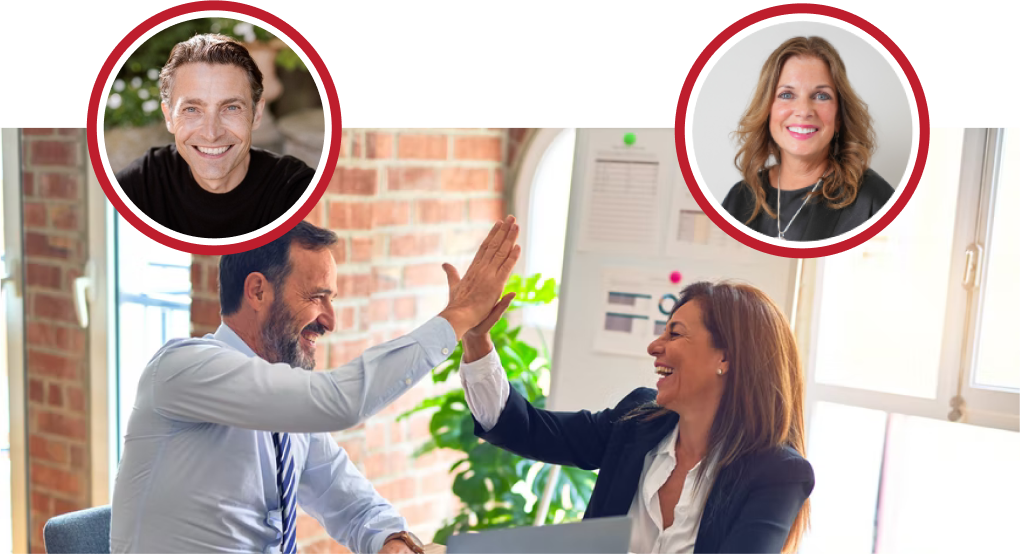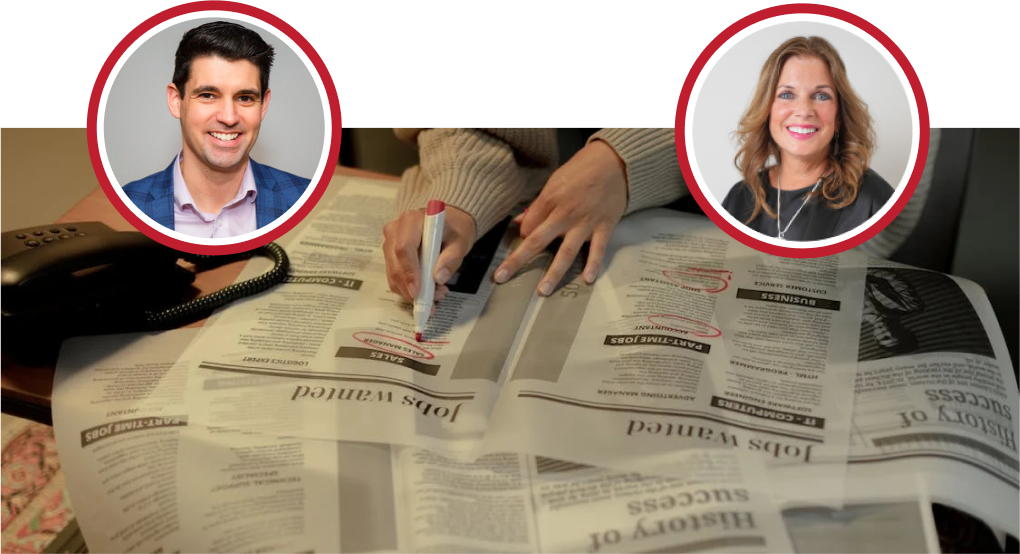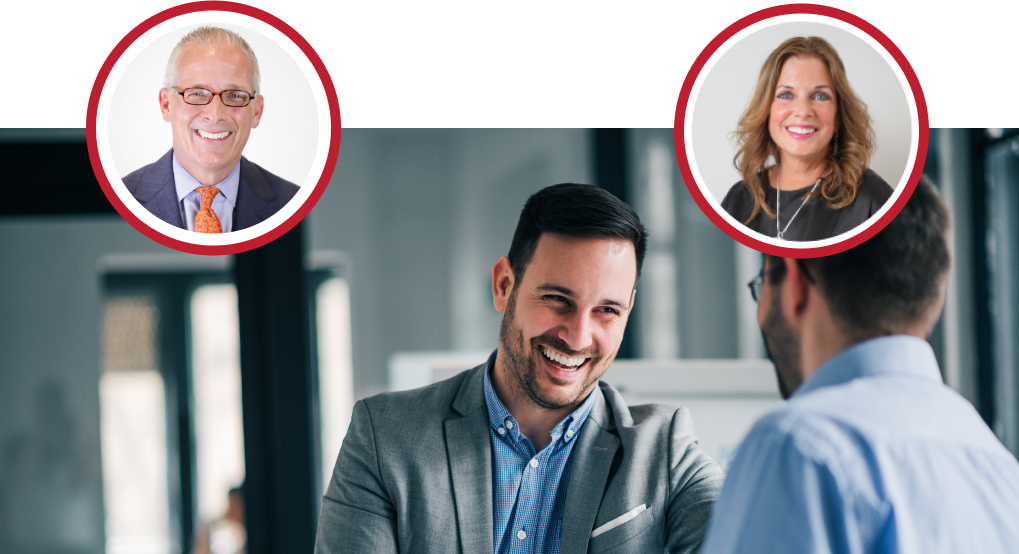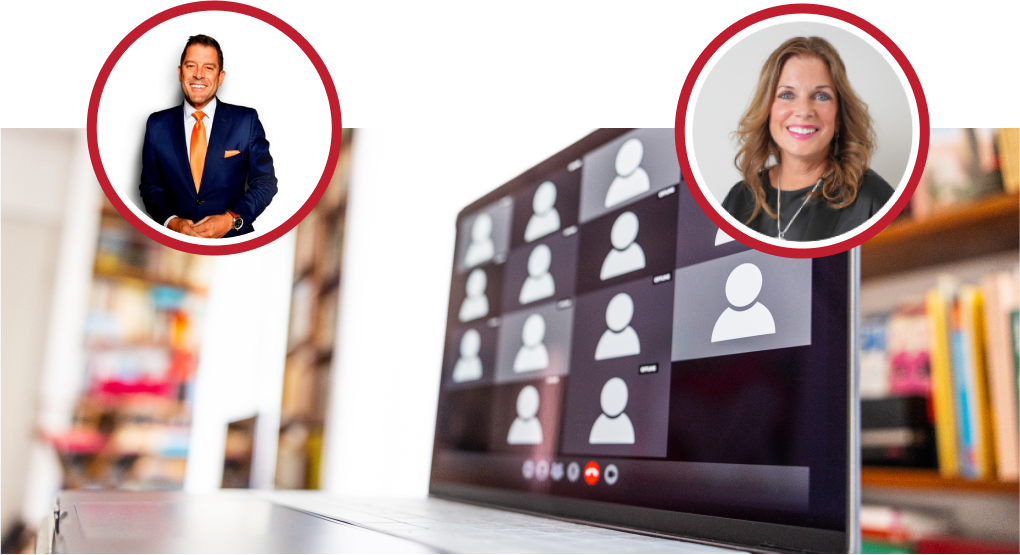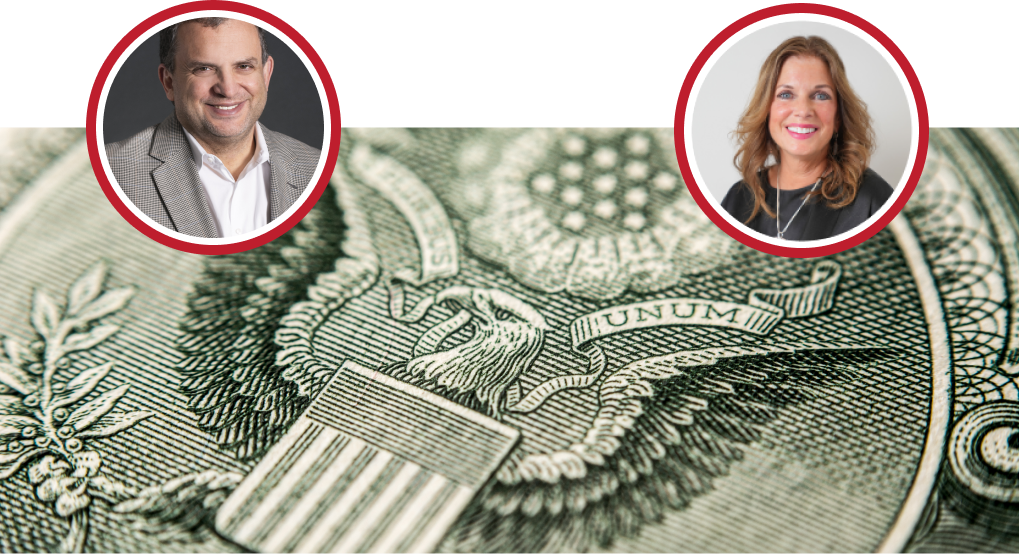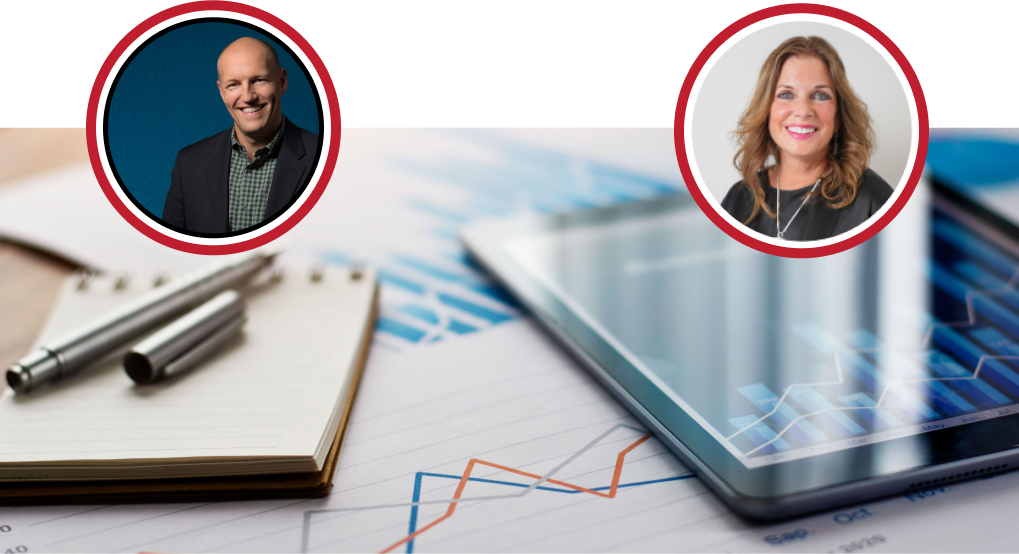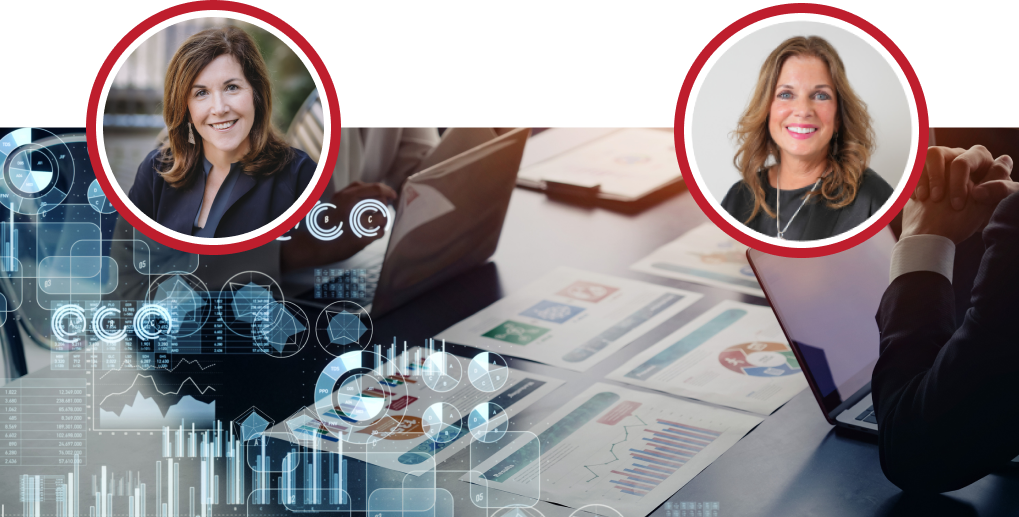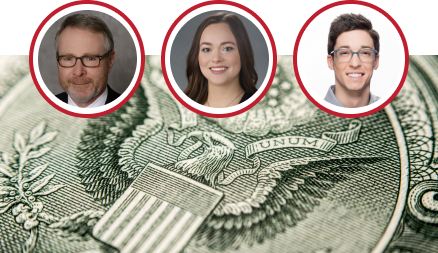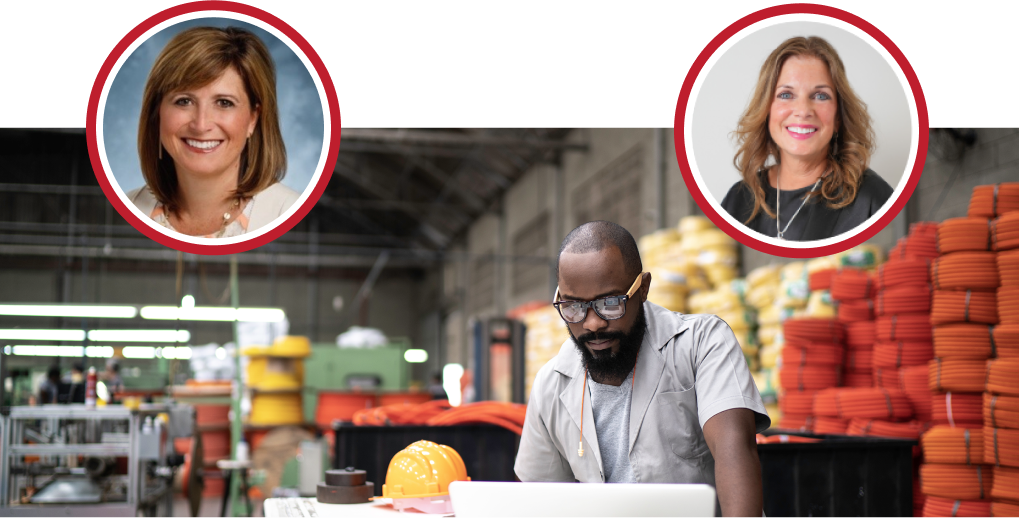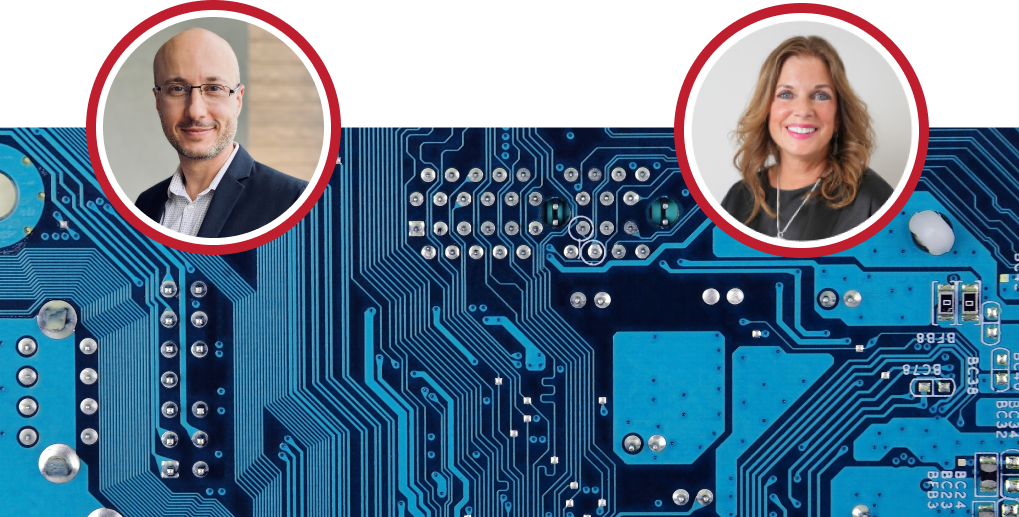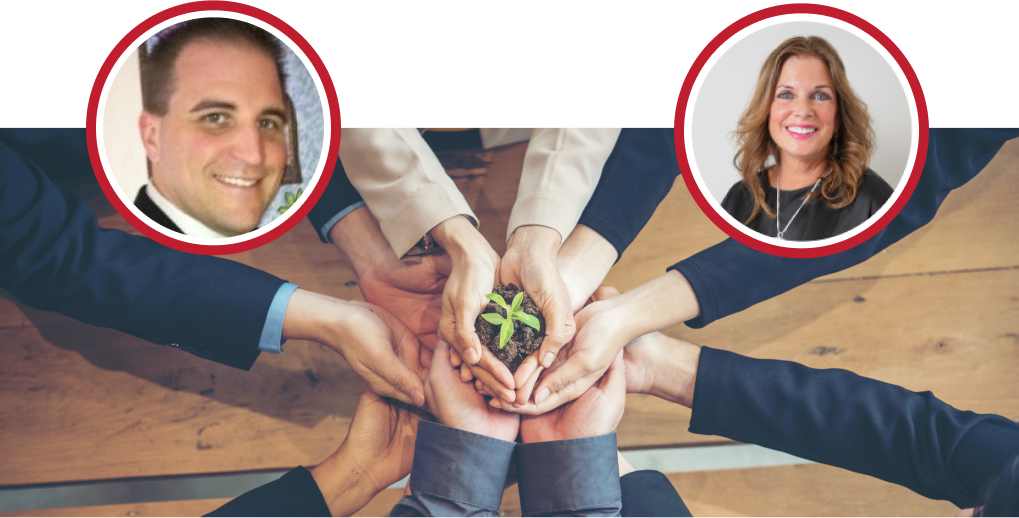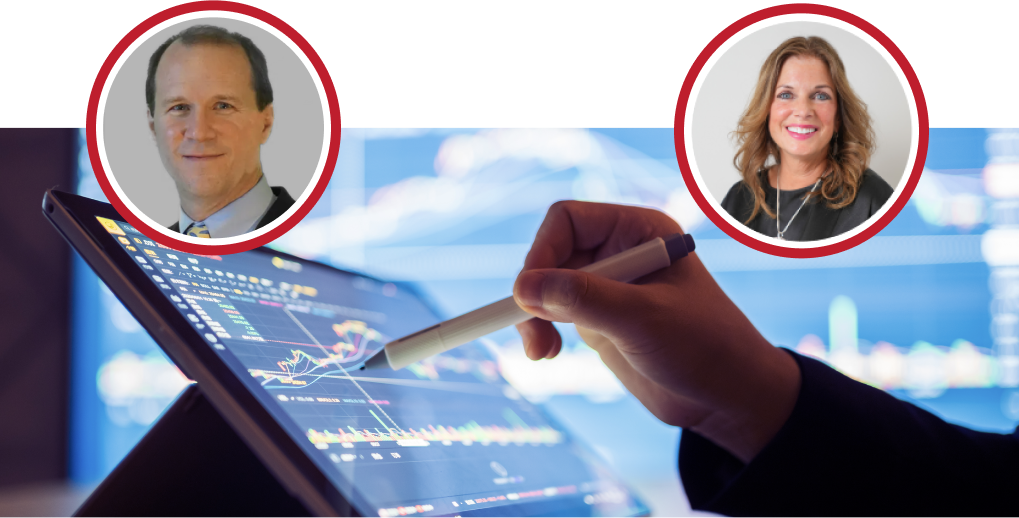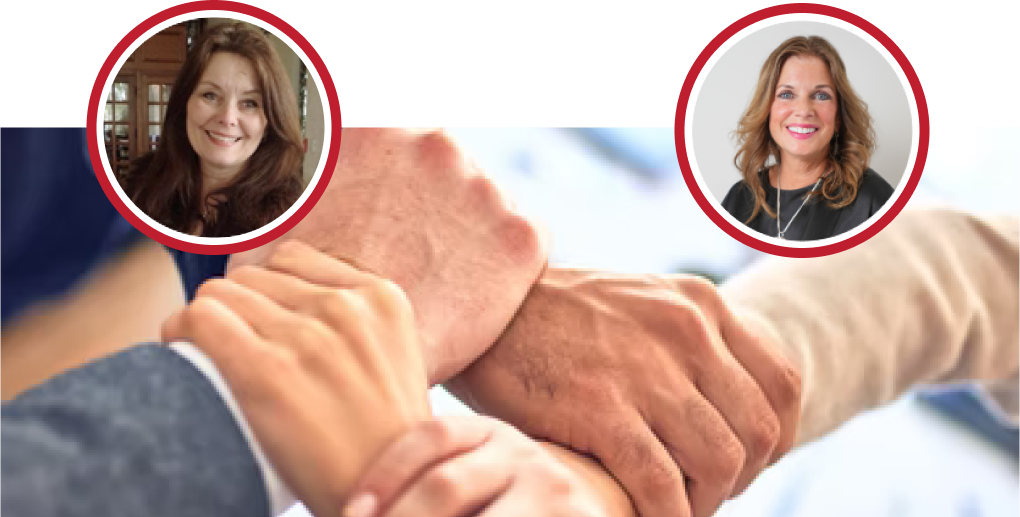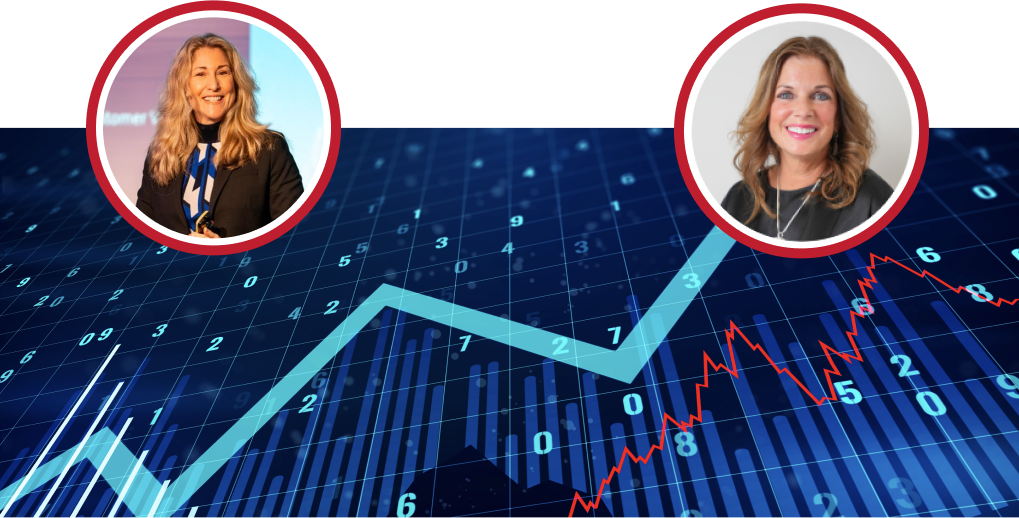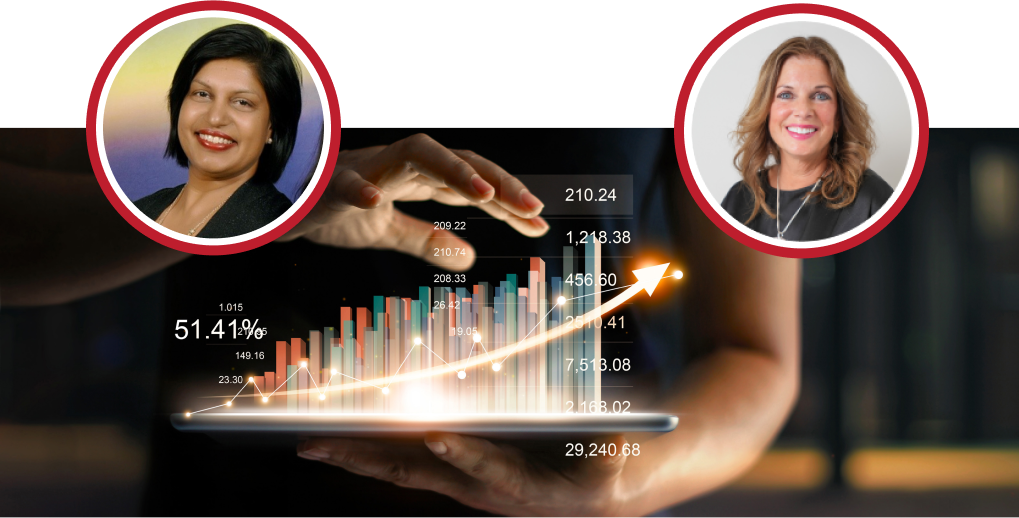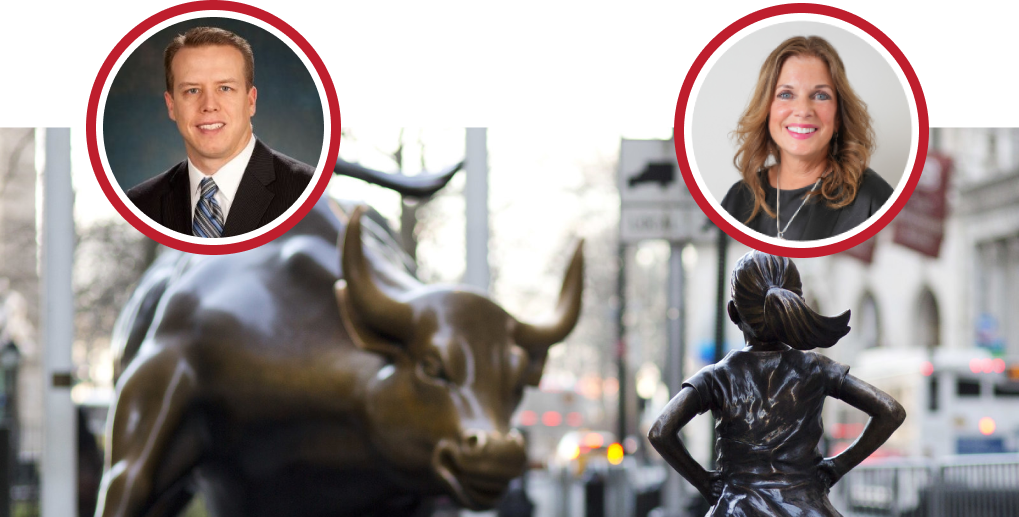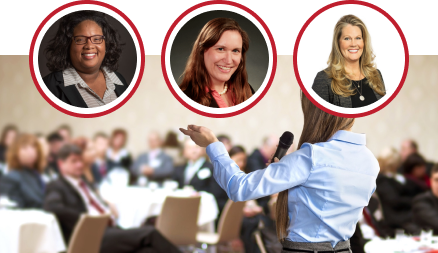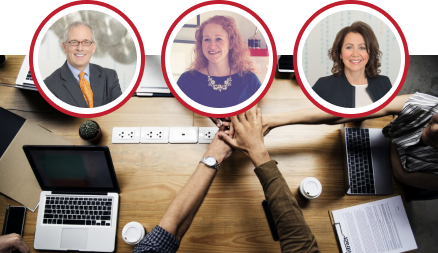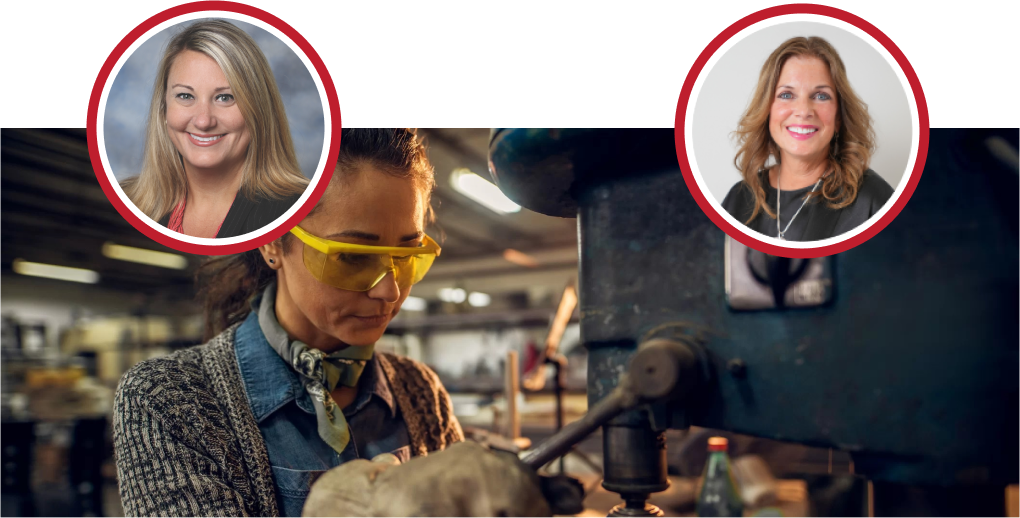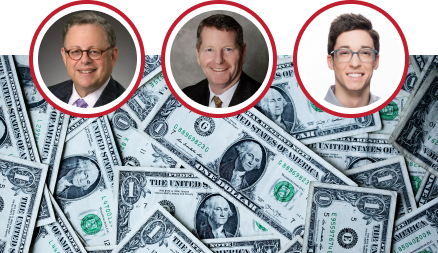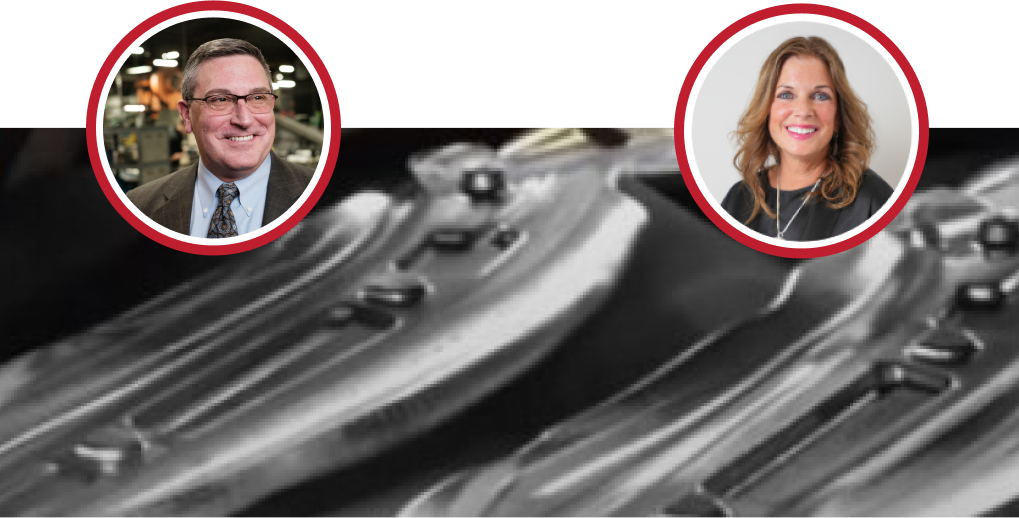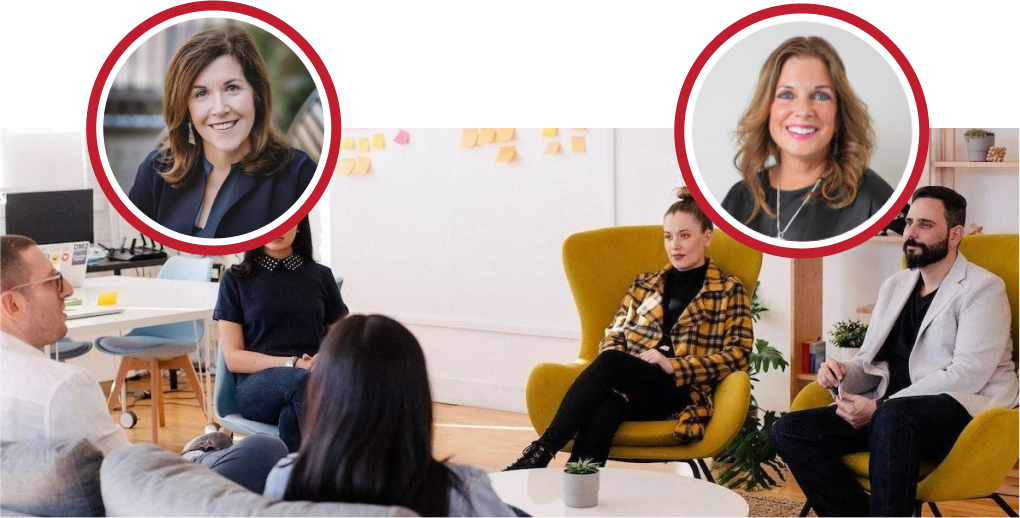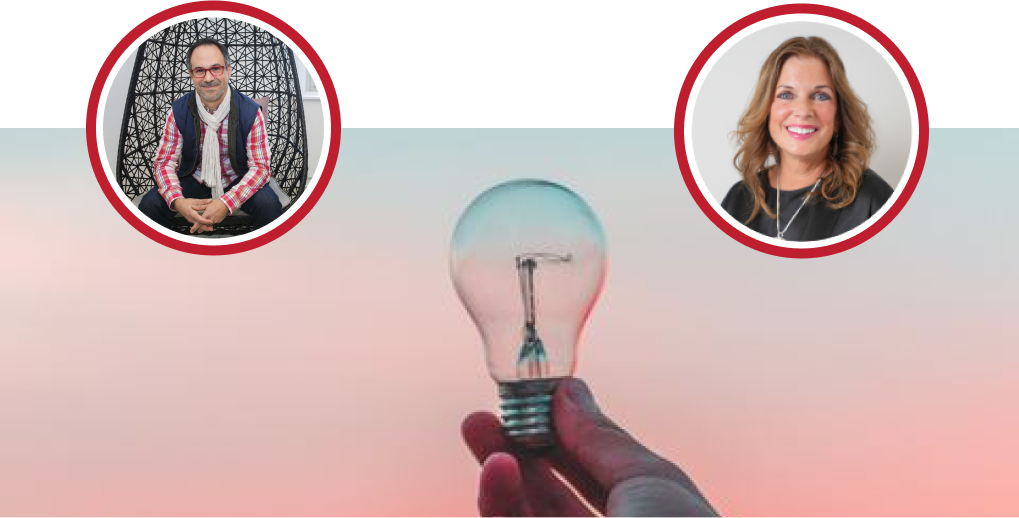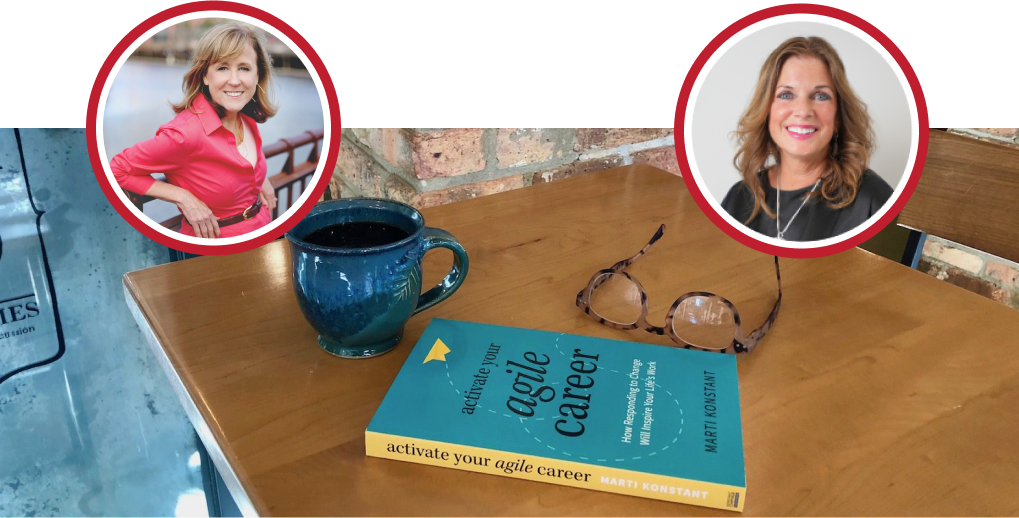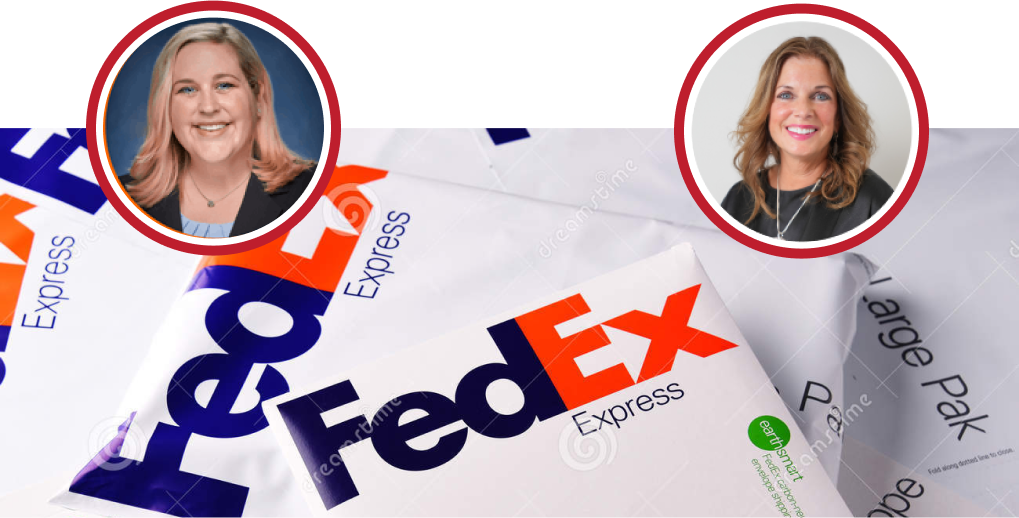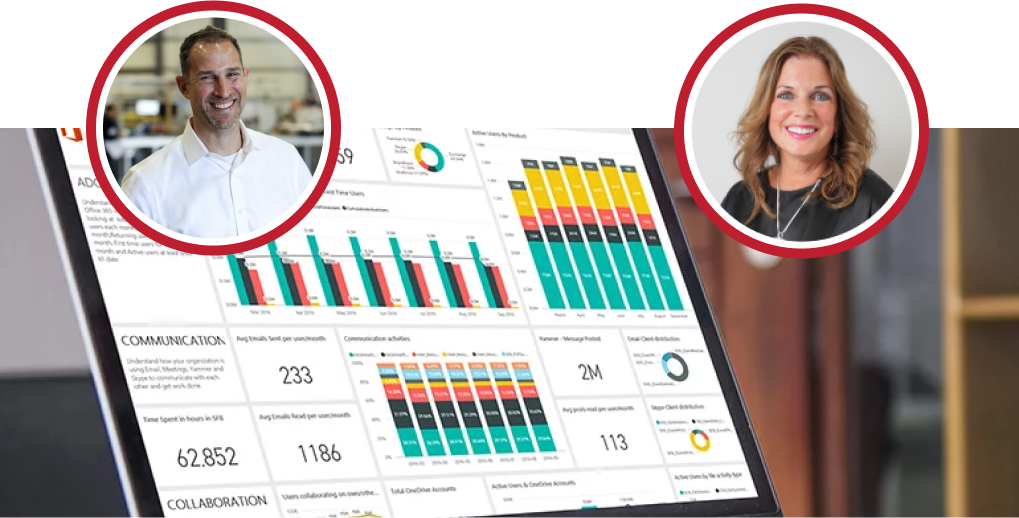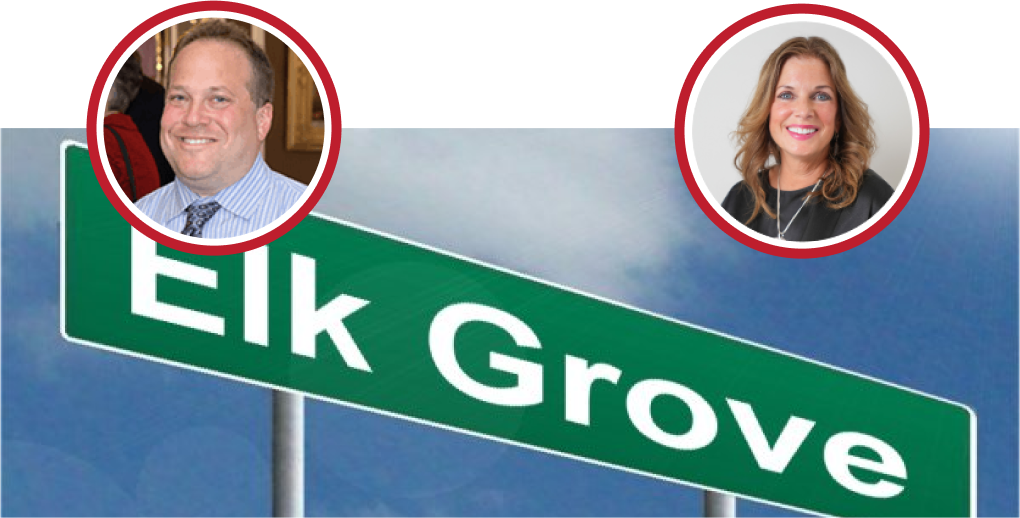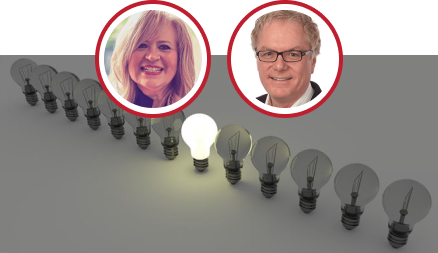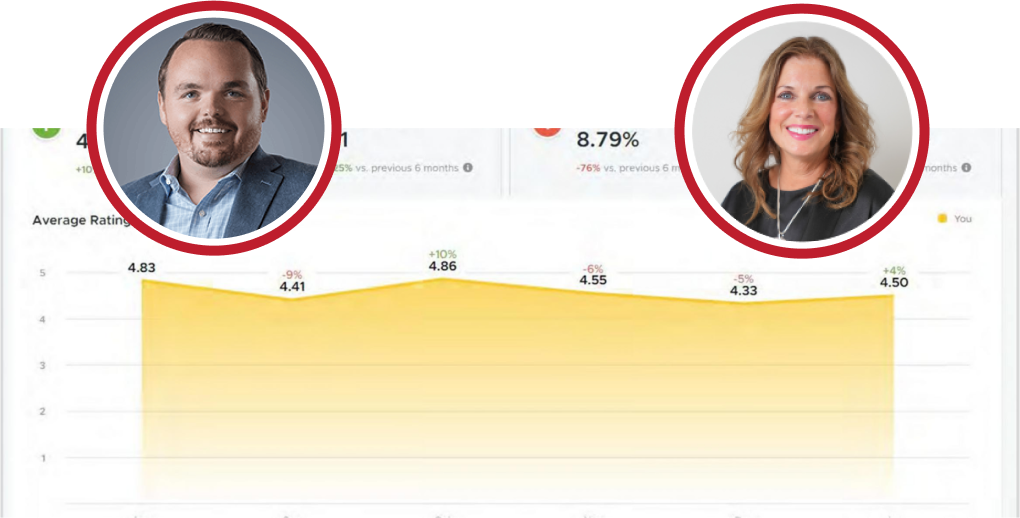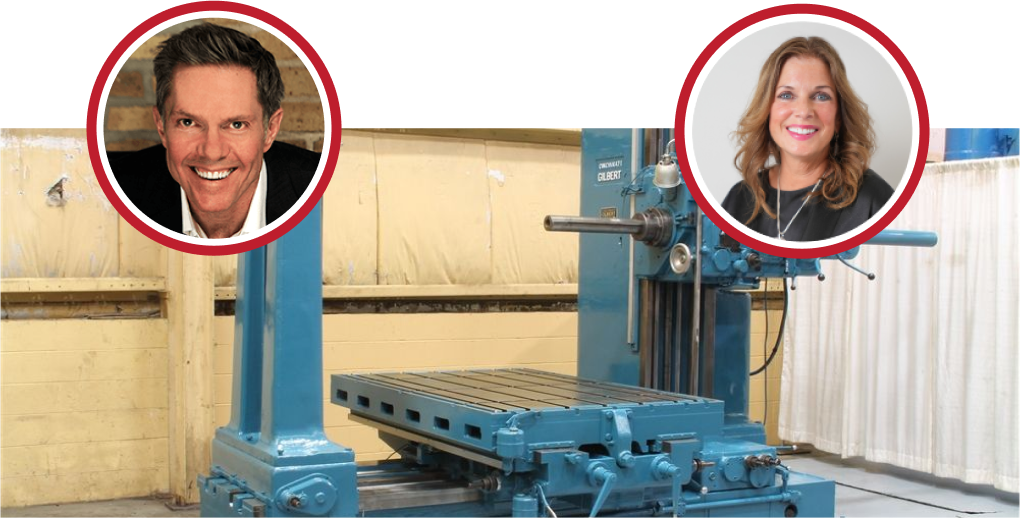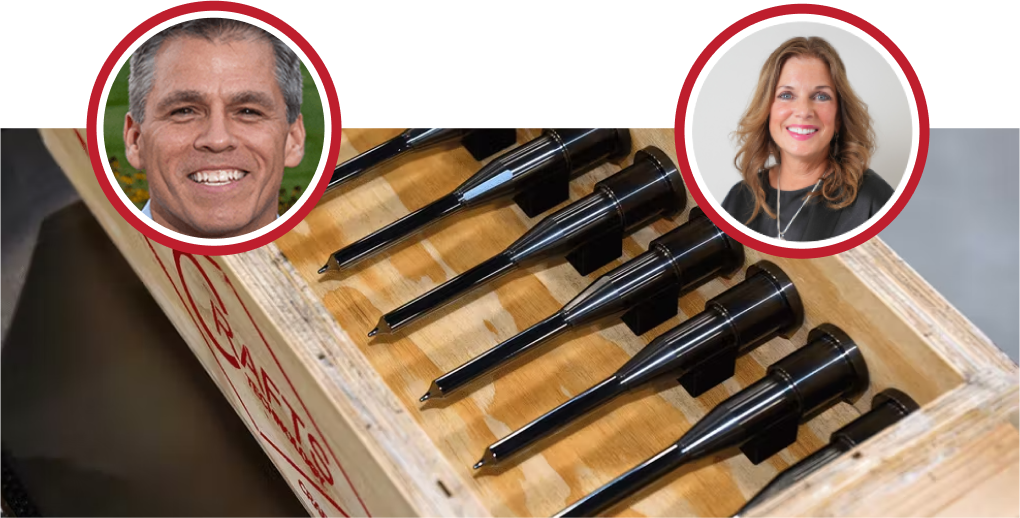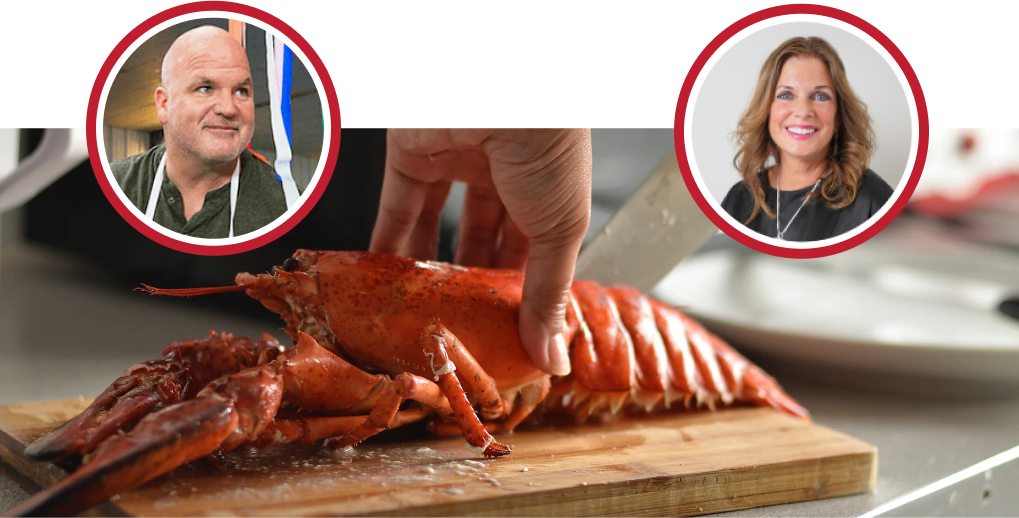Kathy: Welcome to the December session of Business as ‘Un’usual. I can’t believe it’s the end of the year already, but we are going to get you all set for starting 2023 with a bang and talk about B2B sales strategies. When we’re in a volatile or recessionary environment, if you’re joining us, we are going to get started in just a few minutes, but if you’re joining us via one of our live stream channels, look for Dana Kramer, she’ll be managing the chat. She’ll be able to feed us any questions you want to ask throughout the the program. We’ll try and answer questions as they come in, and then we’ll hope to leave a little time in the end for your questions. I’m Kathy Steele, and I’m the CEO of Red Caffeine and your host today. For those of you unfamiliar with Red Caffeine, we are a growth consultancy, and it’s our mission to build badass brands that people want to work for and with. One of the things that that we love to talk about when we are starting to engage with clients is what their most opportune growth lane is for them to grow their business. And these growth lanes shown here are some options, but honestly, building the right strategy is pretty and daunting for most businesses. So we help companies build a strategy that helps them accelerate growth by evaluating which of these or which combination of these is the right path for their business. The Red Caffeine offering includes a managed service team that enables a business to scale rapidly without hiring a right wide range of full-time staff members. Today we’ll be talking about many of these growth lanes that are sales-focused, so organic growth products and services launches and and expanding your sales channels. Sales are truly the lifeblood of every business; however, the dynamics following the pandemic and this impending recessionary environment have changed the landscape dramatically. So what can you do to navigate these complex market conditions as customers become more reticent to buy your sales approach must really change but right now it’s the, it’s a really great opportunity to get your organization ready to to compete. And I’m going to introduce Janet Viane, who is going to be our guest today. This is really fun. I get to work with Janet on a regular basis, but we rarely get to do these kinds of things together. So I’m really excited about the information that we’ll share today. So Janet is a go-to-market leader with a proven track record and just designing marketing and selling operational and operationally the most compelling growth opportunities fueled by multifaceted e-commerce digital mobile social Technologies and analytics. Her experiences include tenures as International 500 Fortune 500 Pioneers startup organizations and mid-caps across a founding of a consultancy that was a driver of technology and business transformation. Her industry experiences span both the B2B and the B2B space, so our conversation won’t be truly limited to B2B today. She’s also been working in manufacturing Healthcare retail omnichannel Commerce Marketing Services, Information Services, and SAS. She’s a passionate volunteer and a leader in education and health-related causes. We are super fortunate to have her as our street Chief strategy officer at Red Caffeine. She’s also an incredibly smart person and a mom and grandma, so she’s she’s got a lot of fun things. But do tell us something that is not in your bio.
Janet: I’ll give you one professional and one person. You mentioned the grandchildren thing on the personal side, but professionally I am super proud of my board assignments at Scott Forge, which is one of the most successful esops in our country. And on revive, which is an incredible technology that’s totally redefining the digital beauty industry. So I’m very excited to work with those organizations and be a part of their growth. On the personal side, yeah, five grandchildren, one on the way, but I will claim my fame as the best kolache maker during the holiday season in the Chicagoland area.
Kathy: I did know that about you I thought it was going to be something related to disco but okay.
Janet: Okay, that too.
Kathy: All right, so let’s let’s jump in like like we talked about. There is a lot going on. There are a lot of market conditions in place, so why don’t you set the stage for some of the things that are going to impact our sales strategies as we enter 2023?
Janet: Yeah, it’s fascinating. As Kathy mentioned, in my role as Chief Strategy Officer, I keep the pulse right I. I try on a regular basis, literally daily, to keep a pulse on what’s going on. and it is fascinating in this current time that the word uncertain is one of my favorites because it’s definitely reflective of what we’re experiencing. so when we take a look at our current state, look at all of this, right? I’m not going to go through and read it all. Still, my gosh, what we’re experiencing right now is literally that first-line inflation, the highest it’s been in 40 years right as of a week ago, it was expected to end at about an 8.3 percent rate, now with the news just two days ago that October wasn’t as bad as we thought it was going to be we’ll probably end the year a little bit lower than that so if just inflation pricing up down up down right. Geo geopolitical unrest, we all feel horrible for Ukraine and what’s going on frankly across our globe. The supply chain is still sitting in an uncertain situation, better than it was a couple of years ago but still uncertain. labor costs, High Energy prices going up, some of them coming down. Look at what we’re doing with nuclear fusion and how that’s going to potentially impact our ability to provide things through electric sources. Hey, how about those interest rates, right? Another one yesterday, seven in 2022, all in? Looking like we’re going to have another two interest rate hikes going into next year. and how we all feel about it. Not real good, right? and then, oh, by the way, that pandemic thing still looms; hospitals are still loading up with sick people. It’s all very sad, but at the end of the day, coming back to our business discussion, it’s all a risk to the economic growth of your business, so we add to that this concept of calling up what you want to Great resignation people have other terms for it. that was an unexpected turn of events coming out of the human being during this point of of serious unrest, so whether you choose to follow economists that say, Hey, this attitude that sits in the being won’t last through the winter, yeah, I don’t know I don’t know if that’s true right I I think that there are definitely a very large group of people that have decided they want to Define work on their terms. but then you also look at the layoffs that we’ve experienced thus far year to date, particularly in the last couple of months. We’ve had more than 40 companies in the United States that have laid people off. The Tech sector has been hit fairly fairly hard in the last couple of months, in particular, which makes you wonder how people are going to feel once they may potentially lose their job. On the other side of that equation, some people feel that this concept of defining work, your way is here to stay. and Gartner’s done some great work on that, showing that, frankly, turnover is higher in this remote hybrid world because people feel that unless they can work on their terms, they won’t stay put. So regardless of how you define the concept of work or how your organization defines the concept of work, people are choosing to put themselves first, and that definitely has an impact on our abilities to successfully staff our organizations and deliver upon our promises to our clients. So great resignation and its related behaviors are certainly something that’s here to stay. if you take a peek at the fact that we’ve been through 33 boom and bust Cycles in the United States since we started tracking this stuff. you would think we’d know what we’re doing by now, right? you would think we’d know okay heading into downturn behave like this ah growth going back up behave like this. we’re still learning; we’re still learning. It’s one of the reasons I love this catchphrase from Darwin that says that it’s not the strongest or the smartest of the species that survives. It’s the ones that know how to respond appropriately to change, and that relates to that learning curve I’m talking about. and today, our objective is to help you figure out the most responsive way to behave regarding the change that we’re and the uncertainty that we’re facing right now. Our history shows us that the average growth time across those 33 cycles that I showed you lasts about 3.2 years. we’re coming off a growth time that lasted a lot longer than that, right? and the average down cycle lasts about a year and a half, depending, right? depends; if it’s, I don’t know if any of you have heard the com con concept of a v a recession or a w recession. The recession says you go down, and then you come up pretty quickly. W recession says you go down, you’ve got some false indicators that things are moving back up, you pop down again, and then you finally move back up. I don’t know. With all the indicators changing on a regular basis for us right now, we don’t have a good way to predict how long this uncertain cycle is going to last. But here’s what we do know Bain has done at the Consulting firm. Bain has done an incredible job of tracking the behaviors of the losers in recession and the winners in recession. and there are four key themes that seem to stay constant during all these boom and bust Cycles. one is that the winners are the ones that take early cost reductions, they kind of protect rights. They huddle in, they protect, they control their costs, but then they also maintain Financial discipline that says I’m not going to go on a shopping spree right now. I’m going to cut some costs. I’m going to hold tight, right? smart moves that allow them to continue that winning strategy. The part that I love the most is the consistent behavior of the winners. Through these busts, Cycles are those that keep aggressive play in the commercial area, meaning the sales and marketing area are the folks that win. The other interesting Nuance is that during this time, you’ll see a lot of activity in the merger and acquisition environment because it’s sort of maybe aging myself here but a Kmart Blue Light special time, right? a lot of the losers go on sale. The winners are able to pick them up, so these four behaviors of cutting costs are not cutting into bone but cutting costs that are intelligent, maintaining Financial discipline, staying strong in marketing and sales, and then seeking out keeping an eye open for any merger and acquisition opportunities. These four actions predict the winners. So what does that mean for you in terms of going into an aggressive commercial play during this downturn? What Kathy and I hope to do today is give you some tips and tricks and some thoughts on how you maintain strong commercial performance during this uncertain time. I don’t know if any of you caught Janet Yellen on 60 Minutes Sunday night. She made a couple of statements that I found interesting. one she’s, she’s one of my heroes. I think anyone that can be an economist for upwards of 50 years deserves some kind of serious respect and a gold Badge of some kind. She made a comment that, for all practical purposes, everything that she sees as the Secretary of the Treasury, we’re probably gonna hang out in this dipped cycle for at least all of 2023. it should start to end and turn upwards towards the end of 2023, but then she made this phenomenal stipulation statement if you will, and I wrote it down because I want to quote her exactly. She says we’re going to turn back up if, in fact, there is no unanticipated Shock; what the heck is that right? I guess I’d call the pandemic an anticipated shock; I call the real estate dip in 2008 was maybe anticipated by some, not by most. So the bottom line is what I’m saying with this is that we’re at least looking at 23, if not a little further, to be in this uncertain cycle. so to help you, to help you through that, we want to talk about how you aggressively maintain Revenue through that time period, right?t, so Kathy and I have spent a lot of time working on systemically looking at what it takes to really, really, really get to a sales qualified lead that ends up being a closed piece of business. and so we’ve built at Red Caffeine this scalable Revenue generation system that’s what we call a rev gen system. What it’s basically saying to you is that if you’ve got all the components that you need to have to make a sales effort as successful as it can be, you need to look at four different streams of thinking. the people, the tools, the tech, and the processes that you have across your sales energy. Those components need to be aligned, and they need to be set up for Success. I’m going to give you an example; across the people side of it, do you have the right people? We’ve been taught to call it the right butts in the right seats, right? Do you have the right people doing the right jobs? Are they aligned? Are they held accountable if this piece of your sales engine is collected and behaving the way it’s supposed to? we take that thinking through all four streams of Consciousness here right through the people through the tools through the tech and the process, and we we’ve taken to color coding ourselves and our our clients to say, where’s our strength in each of these those are the green ones right? and where’s our real need for help, those are the red ones if you take a holistic view towards sales and the way you make sales happen and you set yourself up for Success making sure that you’re making the right adjustments across those four streams. you ought to be in a halfway decent position to be able to go into this uncertain time.
Kathy: Yeah, I mean, I think Janet, it really that system’s approach is is , do a lot in operations where people are this is our Core Business we know exactly how the business operates, but they don’t clients don’t always apply that same methodology to their sales infrastructure or sales and marketing infrastructure so so kind of adding in that it’s it changes every year. I think the dynamic of the skill sets that you need on a sales team are incredibly different than maybe even three years ago. the need for analysis and and people that have really good data skill sets in your sales ecosystem, so it’s just super interesting, but it’s it’s something that you might get everything from red to green in a particular year, but then that next year is some other things turn back to red because they you need to keep incrementally improving in all those key, key areas.
Janet: Absolutely, absolutely, and especially going into a downturn time. you want to make sure and what we’re going to do in these next couple of slides is walk through the actual sales Journey, right? the sales and buying Journeys, and determine where you can apply an adjustment to your current thinking to help you be more successful during this downturn. So Kathy’s right it’s an iterative, a constant iterative process, but there’s unique things that have been learned over the years that when you’re in a down cycle, there are ways that you need to think about doing some things differently. So let’s start with the lead gen process, right? There is a lot of proof that over the last couple of years, the future of sales is truly becoming a hybrid, a hybrid Behavior. It’s not that cold call knock-on-a-door thing anymore, and there is so much more that is involved in the sales process. I love this chart because it gives you incredible data showing that this happens to be B2B focused over the last only since 2016. It’s not that long ago, right? back in 2016, on average, five channels of communication were used to make sales happen, right? Email knocking on doors calling on the phone Etc. even before the pandemic started in 2019 that channel increased that channel usage increased to just over seven, but what’s fascinating that post-pandemic I don’t know some people would feel were post-pandemic, some people were are feeling we’re still in it, but today the journey requires engagement in 10 plus channels. Part of that’s driven by the fact that many of us work from home, part of that’s driven by the fact that people have changed their behaviors and their Journeys, their decision-making Journeys, part of that is driven by the fact that technologies have changed, so there’s more available to us, right? But if you are in a position where your sales process only includes one, two or three channels, you’re falling behind, and especially in a downturn environment, it’s going to hurt you even more. So I want to make sure as you sense check yourself, take a look at your sales process, take a look at this list of 10 channels, and ask yourself where am I and how am I performing in at least then these 10 recommendations. I think that’s an important sense check for you right there. The data is showing whether you follow McKinsey or you follow Forbes, or you follow anybody else the data’s showing that clearly B2B sales is moving to hybrid.
Kathy: Yeah, and I think we’re even seeing it with clients Janet that, where two years ago, in a B2B sales process, people were getting a couple of chats a month. Now more business is being, or more leads are being generated through chat channels than than through normal RFQ conversions. So it’s super interesting how much it’s also playing out in the actual client experiences that we’re seeing.
Janet: Yeah, actually can’t think to that point chat or chat capability is one of the top 10 Investments going into next year, as it relates to a website, so ye,p Point well taken. Second thought, okay, you’re hybrid. Let’s assume you’re hybrid second thought in a down environment, focus on less leads, focus on smarter leads, greater greater focus, and smarter leads, so how do you do that, Right? First of all, do you have your ideal client profile? Your ICP does exactly who you want to go after and where they are. How’s your word of mouth working? That’s the Llama, right? How’s your word of mouth work? What are people saying about you, and how can you set up that articulation the right way to make sure that they’re talking about you using the words you want them to use? It’s a great time when you’re focusing on less leads and more targeted leads to scrub your data and clean up that CRM. Make sure, and we do this on a regular basis, our sales team will probably be sitting back laughing. We do this constantly. It’s an ongoing activity that is always easy to adapt to, but it’s one that you really need to adapt to. understand the difference between a marketing-qualified lead and a sales-qualified lead. There’s a very big difference. Someone may fit your ideal profile from a market perspective, and you want to continue to host a conversation with them, but they may not necessarily be that same prospect that you want to really really Target from a sales energy perspective. We live in a Content world; thank you, social media. Content is still King. It’s projected to be king for years to come, so if you’re not great in the arena of content, get really good at it. interesting to me is how success stories resonate more during a downturn time, and it’s because people are feeling pain in different ways, and they want to feel more confident and assured that what you’re selling to them, what you’re pitching to them, is legit, that it can be validated, that you can prove it succeeded somewhere else. It’s kind of funny an ironic detail in the research shows that during the downturn, Cycle how-to guides are actually read more often than at any other time in economic Cycles. So if you’re in a business where you actually publish how-to data, how-to guides for your product or service, how whatever, now is when you’re being read, so make sure that those are up to Snuff, right? the same thing with your website. Now is the time to make sure that it is also up to date. Oftentimes people feel like rebuilding a website is the answer to all of their problems forever and ever. Good thought. You should definitely have a good one, but if you don’t keep it refreshed and you don’t keep it up to date, as well as your social media right, it’s going to be a downer for you as opposed to something that’s going to up your game, during this difficult time. The last tactic is to ask everyone for referrals. We all know that when you’re in the consideration process, a referral from a trusted source is going to take you way further, then way farther than than something that’s cold. so ask everyone, and everyone’s got a brother-in-law, everyone’s got a next-door neighbor. Ask everyone for referrals, and they’re one of the greatest sources at this particular point in time. so we’re focused on the leads and how to get them, right? and how to be smarter about getting them. Let’s take a look at your Discovery process. The reason why I think this is important is because, again, it focuses on the fact that it’s been proven. fewer leads, more focused targeted leads make the most sense during a downturn. Discovery is that same thing you want to be able to make sure of. Is this something I want to continue to pursue? or do I walk away? walking away is actually a very, very, if it’s more common tactic during downturns than during growth time. so discovery, we want to make sure that your persona is in a good place that you understand who you’re wanting to have a conversation with and. I’m not saying that you need to understand each and every prospective buyer down to the personal level, but you definitely need to understand their motivations and their pain points. Pain points, especially, at this point in time. You want to be able to understand them before you start a conversation. Most of us don’t like networking. No one likes that cold call cold handshake where you then have to figure out “what do I say to that person after I shake their hand and introduce myself.” By having a strong Persona it gives you the automatic intro, hey it’s really nice to meet you, Miss Persona; I understand that you’re really looking to have a stronger opportunity to understand HVAC systems and how how they operate from a quality control perspective and making that all up off of this Persona right? The point is you want to have something that you can open with that makes sense to that buyer. also, in a downturn, focus on the pain, oftentimes we sell to the wants, to the needs, but now in this market, we sell to the pain, right? so when you walk in there or when you make that phone call or when you send that email, understand did they just go through a layoff yesterday? Are they slamming the brakes on their budget for next year? Where are they? What kind of comfort are they walking around with, or are they freaking out right now? Right, understand their pain and while you’re talking to them about the pain, focus on the things that make them comfortable, quality value, ROI, all of these things that they’re living on right now. a key, very, very key your approach has to be driven by who they are and what they’re experiencing right now. One of the other things that we strongly suggest you pay attention to, is the competitive stance you’re going up against. I don’t know how many of you work with battle cards as a method for understanding how you need to pitch, right? but battle cards have been used for years, and they’re a great way to understand walking into a client if I know I’m going in and I’m competing against Kathy. I’m competing against Parker, and I’m competing against Dayna. Here’s what I know about their organizations. Here’s where I know I kept their butts, right? because you want to be able to be truly articulate in solving their problems and banking against their competitors, right? So battle cards are a definite way to secure your success in those conversations once you get them; the other thing that we would suggest is that and there’s a laundry list. I won’t read through all of them but is it that you really stop focusing at this time on their wants, focus on their pain, focus on their needs, and slash their pain? Simple things like setting Google Alerts, especially during this time, take your top 10 top 20 prospects and set your Google Alerts so that you’re getting daily insight to what’s going on at those organizations. You don’t want to walk into something all Smiley faced and ready to rock and roll with your pitch only to find out that they laid off 100 people yesterday. right? so Google Alerts are super important at this particular point in time. If you don’t make them a common practice in your sales right now the rest of these, I think I’ll allow you to just recruit through them, but the point is there are simple adjustments you can make to your Discovery process that will clearly make you more effective in in this circ stance one of my favorites and I can’t miss the slide without it avoid the Neenah the second bullet point try to avoid hanging with the people that are no influence No Authority, players get to the decision maker, right? That is something that I think most of us could always use help with.
Kathy: Janet, I too I. I recently read this HBR article about maybe also adding. Typically in the sales process, we get down to the finish line, and that’s when we would bring in our executive sponsor or somebody from the c-suite to help us secure the deal. that that article sort of referenced the idea of bringing them in earlier, in the process, so that they could create that relatable experience with the decision-makers in the room. What are your thoughts on that?
Janet: I, first of all, I would completely agree with it, and I have been in shoes, were running a 450 million dollar p l that we just had to go lay off 200 people and in walks a particular vended resource, that was looking to upsell us at a point in time when no kind of re-read the room here a little bit. Dave and I’ve been in those experiences where they bring their senior leadership. Sometimes, senior leadership can be seen as “we’re committed.” Other times it could be seen as just tossing out a title. If you’re going to bring in senior leadership, don’t toss out the title; bring in the armor, bring in the person that can say been there done that been in your shoes, appreciate you, right? Bring it in with the right, so I’m a supporter of bringing it in, but bring it in with the right mindset. Don’t just bring in the suit and tie, if you will, in the title.
Kathy: Okay yeah yeah.
Janet: So let’s look at let’s look at the proposal, all right, so you’ve gotten your right leads, you’re focused on your leads, you’re not going after the mass, you’ve gotten your Discovery process down where you’re being more attuned and attentive, to what kind of pain they’re going through and what they’re dealing with right now. they like you, they accept you, they trust you, and they want you to propose to them, correct? you’re there you’re there so think about a couple of things that make your proposal outshine anything else that they may be looking at your value prop is clean, and first and foremost, you’re very clear on your relevance, your benefits, and your differentiation, and most importantly you can tie, how your value prop fits their pain, right? That’s number one. Number two, this is written about all the time in downturns, people will tend to cut prices immediately to be able to get the business. I don’t have to spend a lot of breath on why cutting price is not a smart thing to do; you cut price, you cut value; why would you want to go in off the bat and devalue your value, right? We don’t want to do that. The other technique that I think is really smart during this downturn time is to use your choice of words. Think about how you write to people who are in pain, people are uncertain, people don’t know what’s ahead of them. Use words that will resonate with them, words like guarantee you can depend on. We’re bringing confidence. We’re confidently telling you we can make this happen, Reliance. You can see the set of words here. Actually, I’ve got a much broader set than this, but you can see how marketers will change their choice of word usage during a downturn time. My favorite popped up yesterday. Does everyone know what Salonpas is? when you pop your disc in your back, and you get those Lidocaine patches that you put across the back, and it eases a little bit of pain. Salonpas catch their current commercial, and they’re consistently over and overusing the word value. Now, this is something you buy at Walgreens or CVS, right they’re using the word value selling Lidocaine patches, okay? this is a b2c move; think about it. Their message to you is don’t go pay the expensive chiropractor, pay us; we’re a much cheaper alternative; we bring you value, right? So I, if you look really look around, you’ll start to see that marketers savvy marketers, begin to change their use of words during this uncertain time. so pay attention to that in your Market messaging. then I think of a couple of other things that you could think about again because people are sitting in uncertainty. They want proof. They want evidence that what you’re saying you can do or you’re saying you can offer is again legitimate do you have case studies, do you have any kind of performance data, do you have an NPS score, a net promoter score that you subscribe to that will allow you to say I can prove it to you, that we’re really good at this right? acknowledge that they may not be ready for the change, and if they are, they may need some flexibility on your part; maybe it’s in contract terms or payment schedule. Be willing to be flexible. Again I won’t read through all of them, but suggestions here say that you probably have to be more open than you have been before, and you need to be able to substantiate your offer probably more strongly than you have had to in the past. so we’ve got the proposal on the table. We’ve done it all the right way to this point, right? but we’re not getting an immediate response. data show that in a downturn cycle, it takes a minimum of four more touch points to close a deal that it has in a growth platform cycle. right? So while you’re nurturing that proposal that’s on the table, think about the fact that a lot of sales are left open; they’re never closed because there are unanswered concerns that the buyer has that you just didn’t get to, so you want to make sure you’re never leaving unanswered questions on the table. this says again if your persona you interact with them in a more personalized way. send them content, teach them instead of sell them, right? leverage content that you’ve created that’s very targeted to their pain, to their problem. never look hungry even though you’ve got to increase your number of touch points during a downturn cycle; never look hungry or desperate. if you get feedback, respond quickly, common sense, right? and then this one’s my favorite. You’ve got typical objections you have. You’ve experienced them before. Be on the spot, be Johnny or Jill on the spot with handling your objections. Don’t ever say let me get back to you on that, unless it’s truly something very, very unique, and you don’t want to get yourself in trouble by committing to something that you can’t deliver but be on the spot with handling their objections as they come up. That’s probably the best couple of; sorry, I went too quickly. A best couple of tactics we can share that would say never leave them with unanswered concerns. So let’s close, we’ve nurtured, and we now want to get ourselves to a position where we’re ready to close the business. We included this shout-out frankly to HubSpot, who’s created this doc end, that says hey, here’s 12 closing techniques that you may not be enabling today that you should think about, and it’s actually a great document. It’s a great document; I give them kudos for it. but in a downturn cycle, there’s really proof that there’s only a couple of closing techniques that make the most sense, that are the most effective. again needing to prove and substantiate yourself and offer a trial if that’s appropriate in your business model. don’t downsize the price. Downsize the solution, right? never underestimate your value, so if you if you offered a solution that looks like this at this price and they can’t handle it, downsize solution the the solution you’re putting on the table and offer options if you can if there’s a way to say, hey you can take Route a or route b or if those don’t work for you we also have route C. optionality is clearly one of the best closing techniques during a time of uncertainty. and then finally, I think I kind of tipped into it before, but take a U-turn if you’re looking at something and they just have way too many questions, they have way too many concerns, they’re taking way too long to get to an answer, past the additional four or five additional touch points in the sales cycle. maybe it’s not the right business for you, and u-turns turning around meaning are more popular in down Cycles than they are in growth growth Cycles. so think about those closing techniques right then; here’s something that we find really, really common, people take closing for granted. They just do. It’s like swish got that deal closed, they signed, we’re good, don’t go there don’t don’t don’t celebrate just yet, right? there is a process for closing, and so whether you use an MSA or a service level agreement or DocuSign or you have them sign a hard copy or whatever your process is, make sure that that process is ready to go like the minute they say we’re gonna we’re in right don’t say thanks, I’ll get back to you next week be ready to rock and roll with that close process secondly during that process Best Time Ever to reinforce your brand, best time to keep telling your story whether you do it through doc initiation, you do it through clarification of next steps. You do it through recognition of the event. We’re becoming partners; it’s more than a handshake here; take a coffee mug or here, let’s celebrate with dinner or whatever it is. recognize the fact that you’re excited to be working with your organization. stay connected during this time. This is a sales more than anything a sales technique does not close and run. We don’t do that in our business, but a lot of businesses do, and I don’t mean our business Red Caffeine but in our type of business, but a lot of businesses do close and hand off and run. Now is not the time to do that. Remember that you’re here instilling confidence and comfort, right? and then last but not least, after you close, after you’ve gotten through the next steps, after you’ve Maybe onboarded or started producing their work, ask for the referral, absolutely ask for the referral. Those are the typical staff in the sales process, right? grabbing that lead, making sure that that lead is a good one for you, going through the discovery process, going through the proposal, going through nurture, and getting to the close. These tips and tricks for each of those stages are just what we’ve learned in downturns help to impact success, right? but then I think it would be wrong on our part not to allude to the fact that sales doesn’t stop after the deal is signed; right, you’ve got to focus on the fact that we all know retention is the true key to growth. It is so much harder to acquire that new customer than it is to upsell or cross-sell that existing client who’s already made the Strategic decision you’re a good partner. and so please keep kind of next toe in the water very quickly on the techniques you use for retention. Is it something you do when you have a loyalty program? This happens a lot in in b2c world right where you engage them with referrals, so you recognize them for referrals where you ask for feedback on a regular basis, particularly if you’re an NPS type organization, you’re always asking for that net promoter score data, that says would you recommend us to someone else, right? So please keep retention first and foremost in your brain after that close we’re super focused on co-created experiences which I think is the other part of keeping strong retention growth right up front. We’re always telling client prospects “look we bring these things to the table right. we bring our thought leadership, we bring a proven model, we bring transparency, we bring discipline in the way we do work we back that up with things that we subscribe to, but in order for us to be successful, you’ve got to bring some things to the party too, right?” And and make it clear to them that we’re creating this partnership and this really successful business relationship, with commitments from both sides. I think if you do that, you set that expectation upfront, and you revisit it regularly, it helps to reinforce why they want to continue to grow that relationship with you. and then obviously the the leaving it at the end of the game here is there’s an assumption you Monitor and measure the performance right that you’re nurturing the relationship that you’re building in business reviews whether it’s quarterly or twice a year or maybe it’s annual only making sure that those components are a big part of how you Monitor and measure, not only the satisfaction level of that engagement but your opportunity for growth with them. right, so whether you do it through having customer advisory boards and really engaging them in your business or managing reputation, however, you choose to monitor your performance with them and improve upon it. Clearly, it’s your call, but don’t miss that step. in the it’s truly it’s part of the sales process the ongoing sales process. so I’ve spoken a lot, and I want to make sure that if there’s questions out there that we lead to them, it was important to us to close out the year we’ve provided you all kinds of insights through incredible speakers during the course of 2022, and as we close out the year, we want to make sure that we’re also providing you some tactics, that help you think through your planning for 2023. not only the Insight, a little bit of insight around, what’s happening out there economically. right, but there are proven tactics that, in downturn environments, marketers sales folks succeed better if they do some of these things. so even if you walk away today with one or two ideas that you can add to your current sales model, your current marketing model anything that will help you improve in this down cycle, regardless if it lasts a year or two years, we’re here to help we’re here to want to help you make that happen. we’re extremely committed to the growth of the mid Market in particular and want to make sure we help you do that. so that’s why we’re leaving you with this kind of presentation to end our webinar here. so, here are key themes that are going to see you through this. I love this, I love this phrase, don’t be scared, be prepared, right? some people do get a little freaked out when they see lots of business when they see their biggest clients having huge layoffs when they see what could be coming their way. don’t become one of those camera blue light specials, be prepared to get yourself through this, right? It’s important to know where that customer is and where that Persona sits in their Journey. it’s not going to follow a typical line right now, and it’s going to be a little bit squiggly, right? It’s going to be a little bit different. know them to know where they’re at in that Journey, know what they’re experiencing, know that pain Etc it’s going to help you be more successful in that route. In addition to that greater flexibility and personalized touchpoints, we should always offer personalized touchpoints right, but at this time, if you’re able to be even more personal with them, especially if they’re sitting in a very difficult situation, it just plays. We all know the common phrase people do business with people right so show some empathy during this time if people are truly going through painful, painful points in their Journey of being a client Advocate again post the sale. Never stop the sales process, be their Advocate externally as well as internally, and then ultimately, what you’re doing through all this is you’re building a reinforced trusted brand that hopefully your prospects and your clients are going to appreciate for years to come. so my hope through sharing some of these ideas is that you walk away with one, two, and three take the whole deck. take some insight into what we have learned. My gosh, I’ve been doing this for stuff for 40 years. Right to take some insight on what we’ve learned as a business, what Kathy and I have learned over ten years of doing this, and apply it to what you’re doing in your sales and marketing Journey over the next year in particular. and with that, I would love to open up if there are any questions. I would love to take them.
Kathy: Yeah, I think there’s a few questions coming in, Janet, but I I’m going to start back by asking you to go back to that nurture part of the sales funnel I I think when you don’t get a yes, and you don’t get a no and somebody stays in limbo that’s, I always think the challenging situation for sales so. what are you seeing in terms of frequency and customization? People are leaning into more marketing automation tools for some other nurture conversations. What does a nurture timeline look like? Should you be still, it should be you expanding the time somebody stays in that natural part of the funnel. Give us a little more.
Janet: yeah, it’s kind of a couple of interesting points there, Kathy and I want to think about this for a second, but but clearly, the nurture cycle is longer, right, that that’s factual, that’s proven, that’s not just my opinion the nurture cycle is longer in downturns. What’s also fascinating to me is in downturn economies, the buyer tends to lean back a little bit towards analog channels, towards analog experiences radio, TV, newspaper, kind of good old-fashioned park bench stuff. There’s this little Comfort, or I don’t know if it’s feeling like Grandma’s Meatloaf that where they just feel a little bit more comfortable in trusting those mediums, yet let’s face it, our digital social, mobile technologies are still new they’ve been around for more than two decades, but they’re still newer in in re in reference or in comparison to the Mad Men marketing channels of of the 60s and 70s. But in that slower cycle, I think where you can provide touch points that add value the the content, like, Hey Joe, I know you’re still considering our proposal, but I noticed I noticed on 60 Minutes Sunday night that Janet Viane was talking about your industry did you happen to catch that segment if not here’s the link I think you might find it interesting. Right, like reinforce, make the touch points meaningful in that longer cycle, not just automated’s always great. It keeps you front and center in mind, right, but the more you can personalize those nurture touch points, I think, the better off you are.
Kathy: Yeah, I 100% agree. I do love using automation where it makes sense to kind of check on things that feel but still have that very personalized feel to clients. And then I still think some of those things, like hey, let’s just grab lunch and just talk, or those kinds of one-on-one experiences also could be really valuable there. We’re getting a question around should, when you’re thinking about your sales funnel, should you be spending more time on trying to create those new relationships or more time on trying to grow those existing relationships. Is there a thought as to where that balance should lie?
Janet: I don’t know that I could give a formulaic response to that, like, hey, make it 60-40. but there is definite proof in the research that shows that there is. Let’s face it when you’re in hunker down time, you want to protect what you’ve got right, and you want to leverage. It’s easier to leverage and grow what you’ve got than it is to obtain the new. So I would probably Place more of my bet, more of my formula, and upsell cross-out of the existing portfolio but first and foremost protect. Right, because think about it, I’m sure within that basket of clients you’ve got people that are in pain, people that may be seeing a downturn, in terms of their sales or their profits right so help them Protect them and then try to upsell across all them it’s easier for you. and then I would probably put the 40 on the new but that never underestimate the greater opportunity to upsell across all what you’ve got.
Kathy: Yeah, I mean, you can see see us thinking about that from people in your already in your existing Network, so who’s following you on LinkedIn, who’s in your social channels really auditing your following auditing your current customer, or database of email contacts, and because it’s they may not be buying, from you but they already have sort of a warm and fuzzy about your organization, or they wouldn’t stay connected to you through those means and so not always going for the brand new opportunity but really looking at the data that is already available to you currently. Right another question that came in would be about how do you embrace the digital conversion when key people are increasingly harder to reach? So I think the question is asking, we’re all bombarded by email and social and and phone calls and and all – even Direct Mail pieces. How do you embrace more digital tools when it’s super challenging because they’re very cluttered channels as.
Janet: Well, right, it’s interesting when you’re in this business for such a long time. One benefit of it is that you get to see how these channels have morphed over the years. I came out of the direct marketing world. My job used to be to fill your mailbox all kinds of catalogs and all kinds of DM pieces, right, and digitally take your mailbox elsewhere. What’s happening now is that with the clutter in the digital channels what’s happened people have gone back to the mailbox a little bit, so you’ll see a little bit of an increase in that, but it’s become harder because so many of us are working from home so no longer can they send let’s say a sample piece to your high-rise business address they don’t know if you’re ever going to get. Right now, I think we’ve kind of settled down in that a little bit, but there is this reality check that says again, if your persona, where they’re hanging out, are they if people understood my personal persona, I’m a LinkedIn networking junkie. I am on LinkedIn in the morning when I get up at night when I go to bed and, so if your persona where you can catch me right and so know that persona keep yourself open to both digital and analog channels when it’s appropriate but take those digital channels and let’s say you want to stay there because listen even if you look at the current CMO survey which the next one for for 2022 comes out in February if you look at the gold standard in market research right you look at the CMO survey you’re going to find that spending from a marketing perspective is still highest in digital Social Mobile categories. We’re still trending in that direction, even with some early forecast data; it looks like we’re still trending in that direction, even though behavioral data says that people kind of lean back towards analog when they’re freaking out. Right, so if we’re staying in digital mobile social, use those words that attract their feeling right now, right? Use those consideration words the Salonpas value word right the trust me I’ve got you if you use those words in your messaging through your digital channels. That would be the number one thing I would say, number two is make sure you’ve got that Persona down pat so that you understand what’s going to resonate with them. Don’t send me a bunch of emails about things that I don’t care about.
Kathy: Right
Janet: Right, and so I think to the extent that you could get more concrete and you’re thinking around how you execute those channels a lot of it through the words you choose the other thing that people will say there’s mixed feelings on this, but during the downturn, jobs are lost people are now doing double duty it’s happened before it will happen again and so I have less time to consider the 100 emails that you sent me. So stop me from going delete delete delete delete delete delete catch me, somehow catch Janet. You’ve got to see this. Probably going to click that, maybe right, or something that’s definitely going to hit my pain or get my attention. Even if you end up deleting it in the Long Haul, you’ve opened it up. They got you right, so think about your words. Think about your persona absolutely.
Kathy: Yeah, you’ve only got a couple of seconds to capture somebody’s attention and and if you are talking about them versus talking about you, I think it’s just it really flips the script on on how as humans, we care about what what’s on our mind what’s our pain Point obviously so if our message the message is reflective of something that might be going on in our organization I think you’re all I’m way more apt to open that email or respond to that LinkedIn message we did get another question about video what do you think about I mean obviously videos always it’s a hot, and continued Trend. What are you seeing that in? How are you seeing that factor into sales?
Janet: I think I referenced earlier how to chat technology is one of the top 10 inclusions for website refreshes going into 2023 videos are also in their top ten, so statistically, those that really get engaged in that portion of Channel execution very, very high regard for video most of us are more interested in doing a quick 30-second video a quick 45-second video then reading, through something that’s been proven, so I do think video has a strong play whether it’s on your website in your email execution have you seen the business, cards that now have you you click the the QR code, and I’ll pop the video right, so the video is clearly taking over again content content content content is King, Right video is is an excellent form of content I also think if you again think about the environment, people are uncomfortable I I belong to a couple of of executive networking groups that are based their premises based on Noble like trust. I get to know you, I like you, I trust you, okay, I’m going to cut you a check, right? Think about that in your video. The purpose of your video should be to get them to know you right to, to maybe like you, and to think, okay, I’ll take it to the next level because I trust that they might know what they’re talking about, so I think there is so much more robust engagement that can come from a video than from an email say for example yeah.
Kathy: I think we see it too to your point about adding value or doing less, with more when we’re all trying to create efficiencies like how do I prevent having to call you like preventative maintenance videos and things of that nature tend to Trend a little bit more or the how-to the DIY you may try it and find out you can’t do it but if I try it because I’ve gotten a video or a download that tells me how to do it then I know that maybe you’re the resource if I can I need to hire somebody so I love that well I know we are getting close to time, so I want to be able to set give a shout out to our sponsors that have just been incredible they’ve been incredible guest hosts this year they’ve been incredible contributors and partners to us. Insperity and Three Learning and HR Source, we are so thrilled to have you on board for 2023. and be bringing us some additional thought leaders and the Dynamics that they bring to the table when they’re hosting with us and then. We’re so excited about what we’re going to be talking about in January of 2023 that we’ve been doing this for three years running. We are going to really set the stage for the different economic scenarios that you need to prepare for in 2023. We are going to be looking at it from the lens of the private Equity mergers acquisition space, the actual Economist lens, and then private investing and how did these types of investing strategies really influence your sales marketing Talent plans for 2023 it’s it’s going to be incredible content I always get so much out of it it’s Janet it’s crammed with information, but it’s fun to prepare for, and it’s then it’s just doubly fun to host so do any any thoughts on how this topic is going to to help I
Janet: I would say, at a bare minimum, log on because as things change daily, I mean, I’m gonna be honest with with this crowd, I, as Kathy knows, I’ve had to change my slides as of yesterday because stuff is changing daily so yes so if you’re truly focused on what this uncertain time means to your business I would listen to these three folks and what they have to say come January it’s it’s you’ve got to pay attention you’ve got to pay attention, and we love teeing up our year with giving you the insight and the intelligence to know what’s ahead of you before we start planning how we can help you out through the through the course of the year so yeah I get excited about this one.
Kathy: Yeah, and I think the one thing that we’ve been talking about internally a lot lately is that growth is a choice. And so, if somebody is really looking to think about what is going to be best for the organization, we’d love to talk to you about it. Growth is a choice, and we want to help you choose right. So if you’re looking for some guidance in your 2023 planning please, please connect with us at redcaffeine.com or any of the other channels that you follow us on. Thank you, Janet; this was incredible. I mean, I have seen pieces and parts of this presentation before, but it’s always just a great reminder to all of us how complex a sales process is and how impactful it is for all of our organizations. so I really hope that we were going to be able to leave our audience with some great takeaways today and I’m sure I’m sure we have.
Janet: Great, thank you. It’s always fun.

